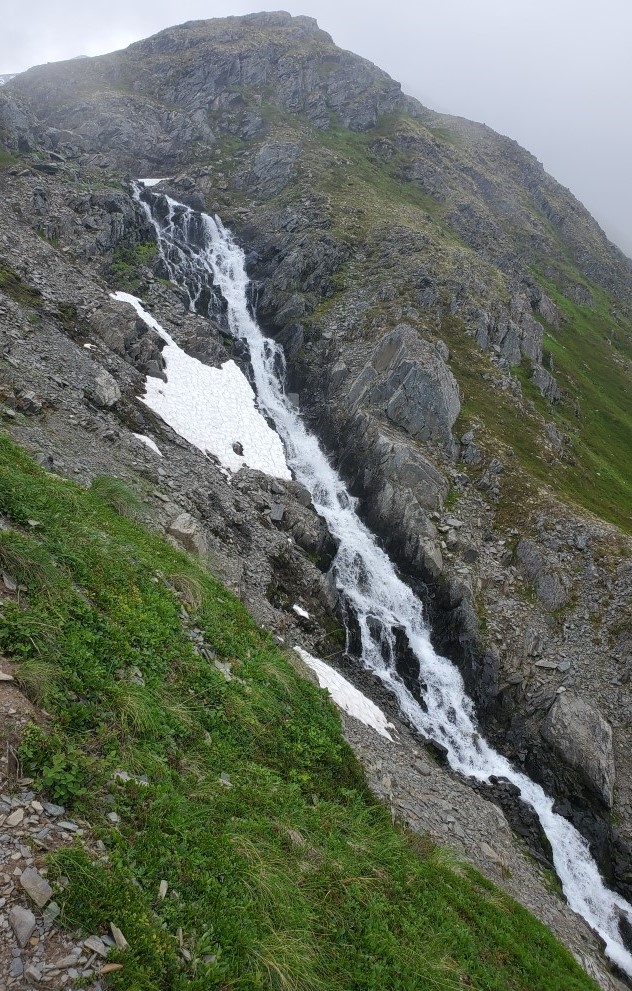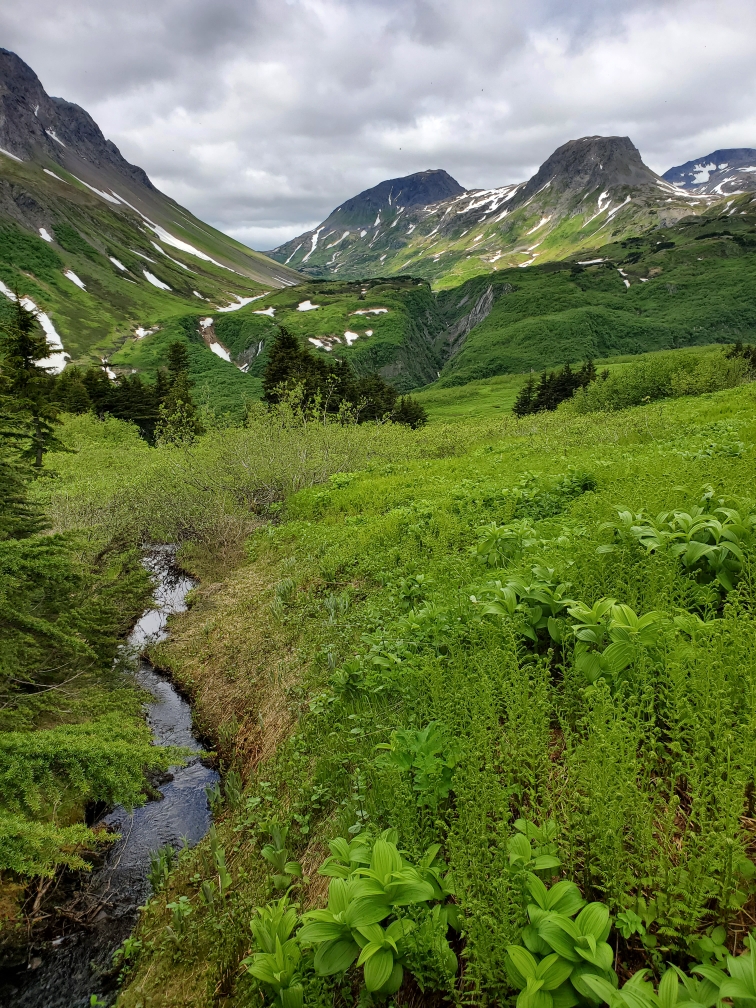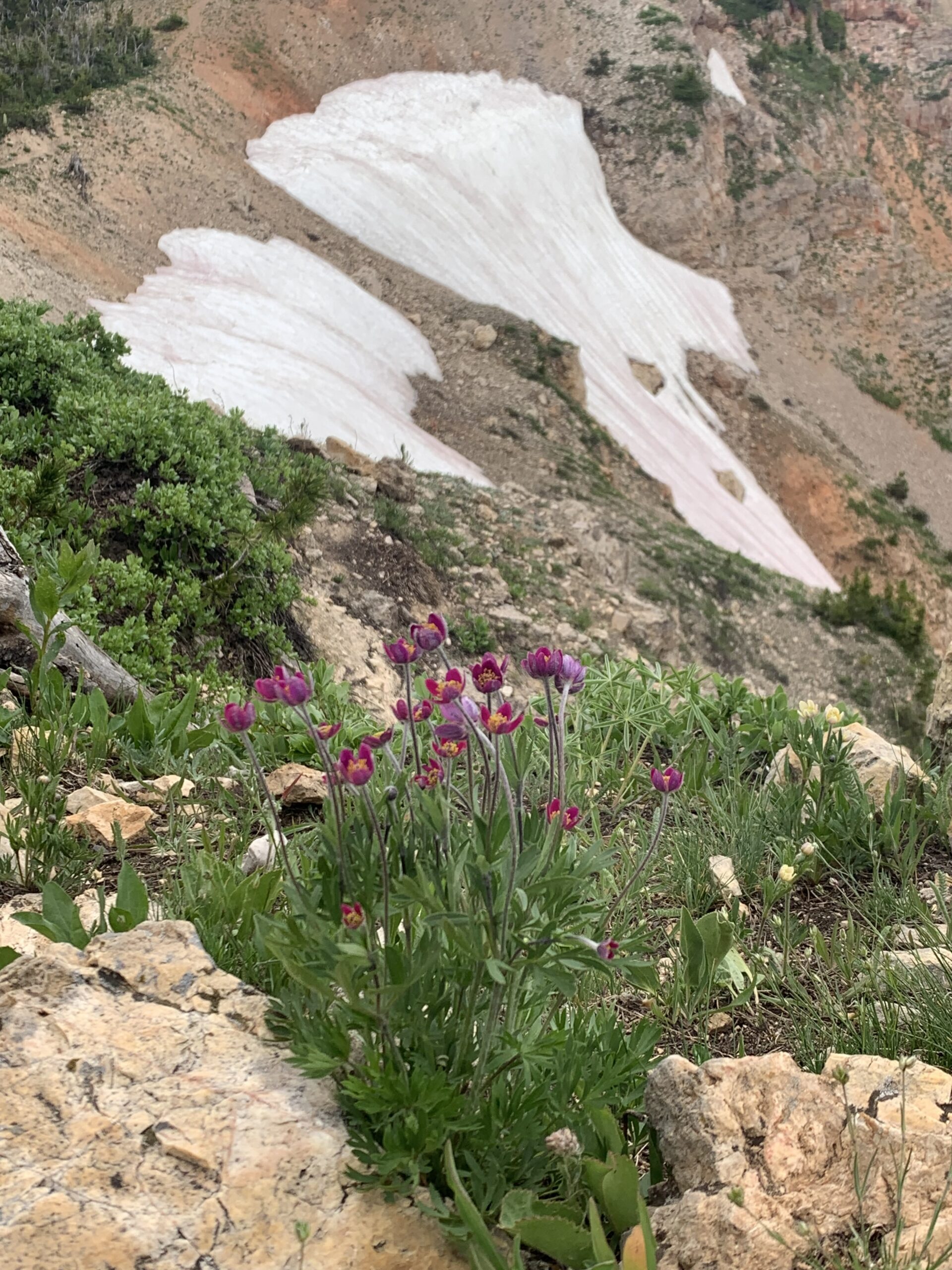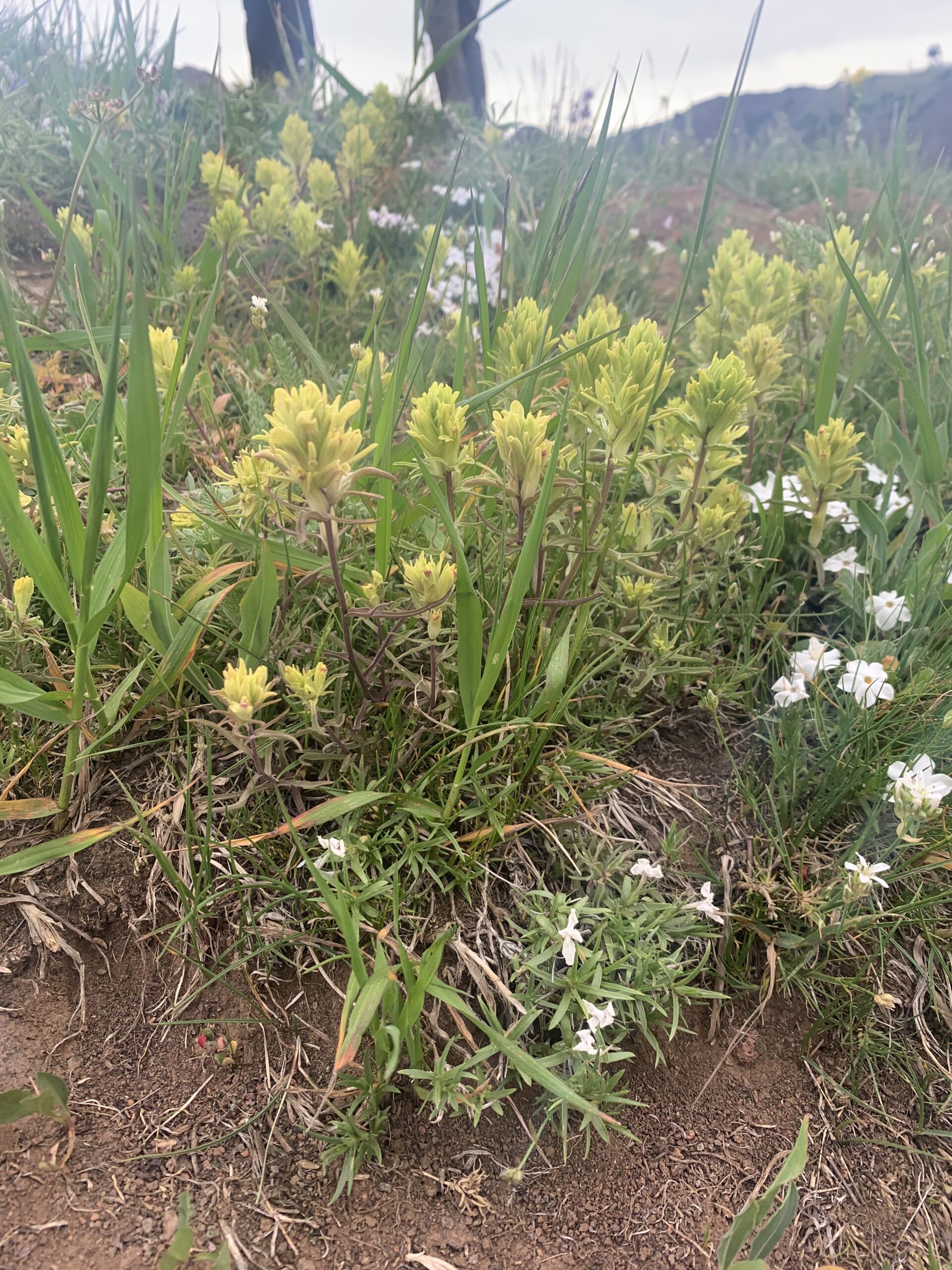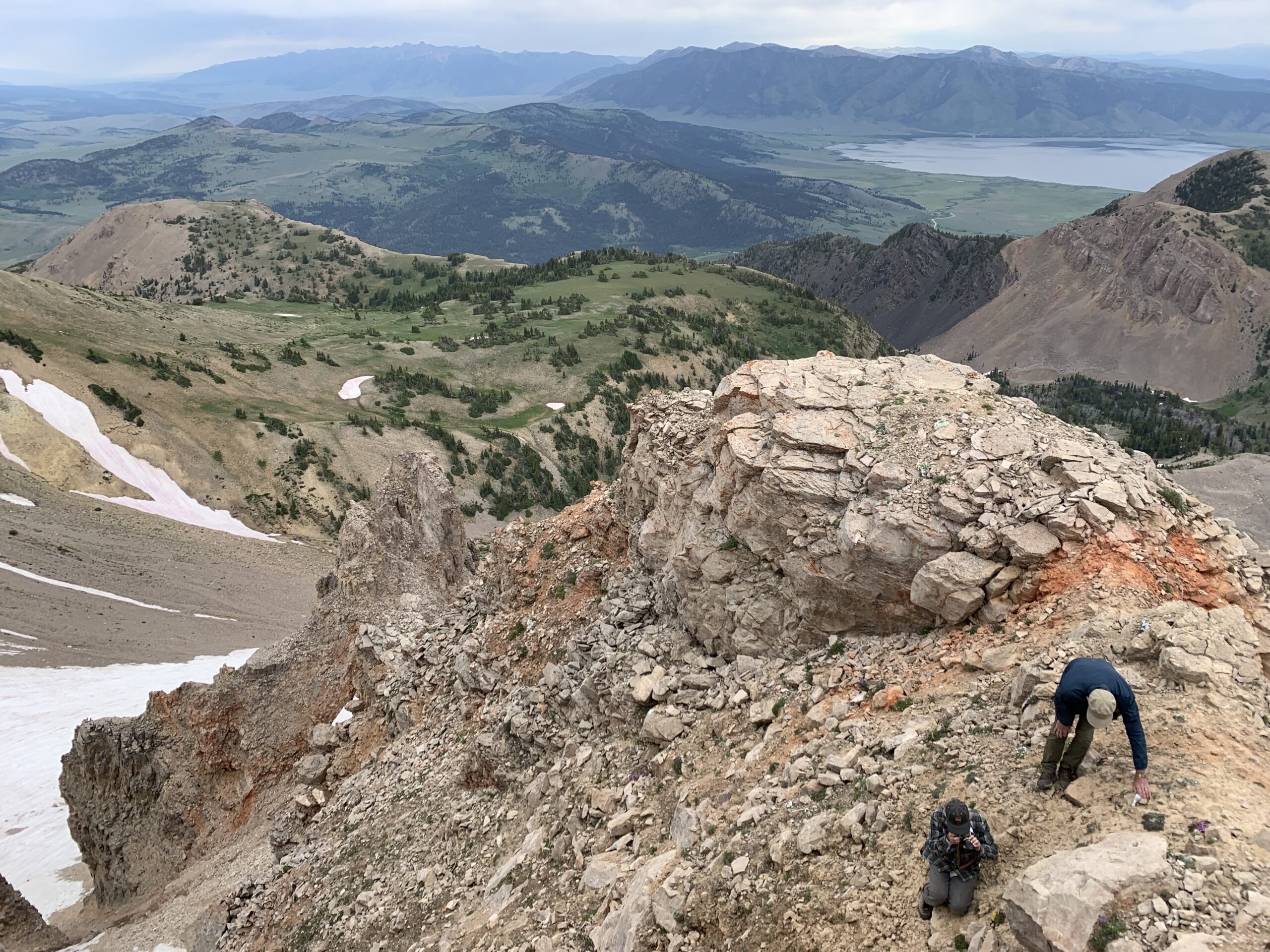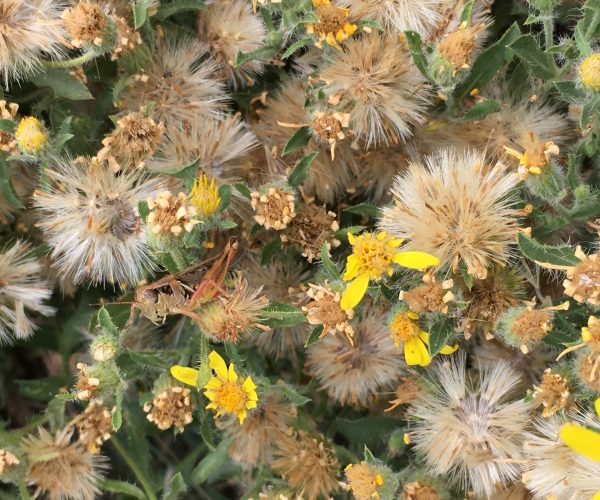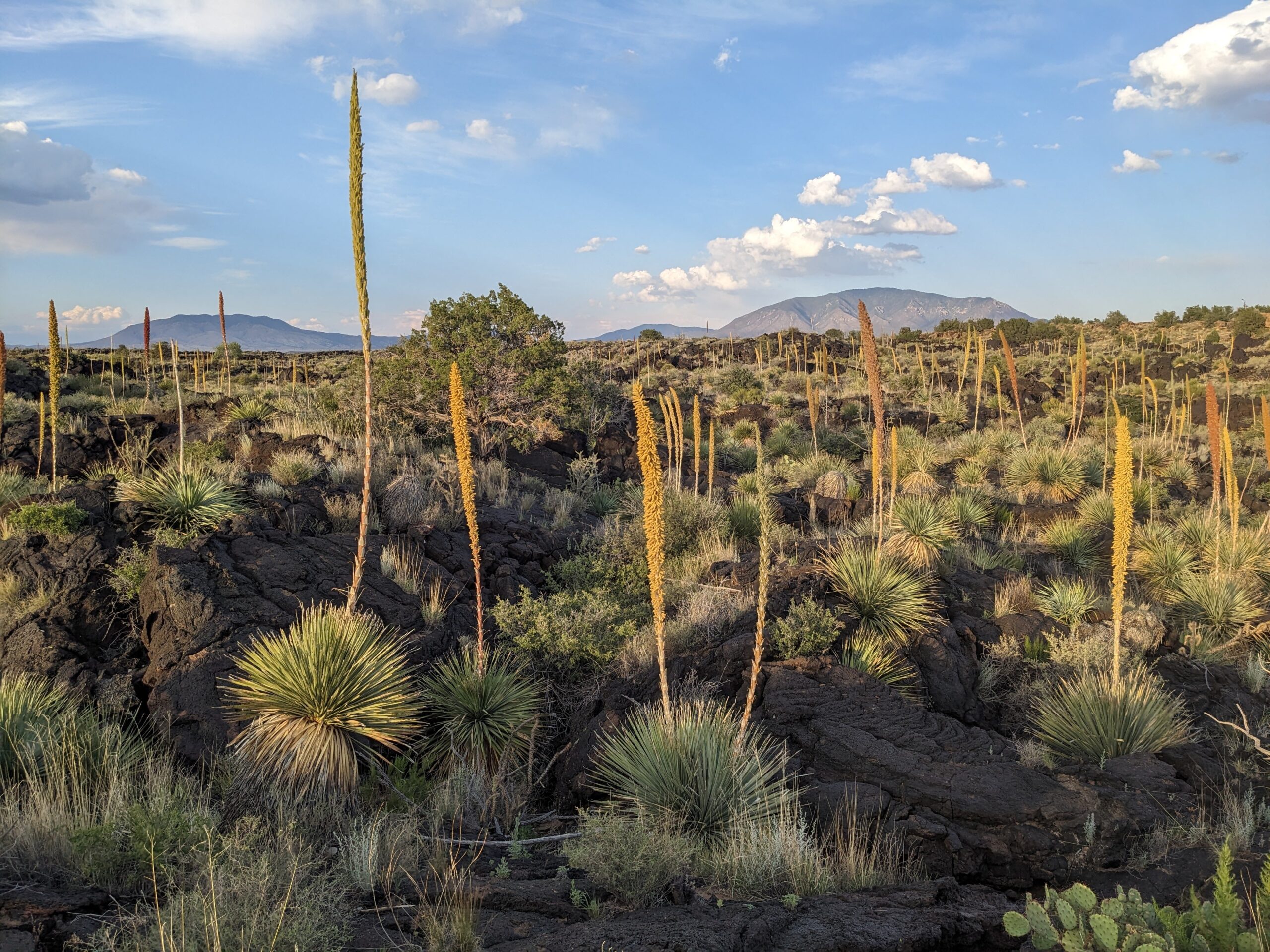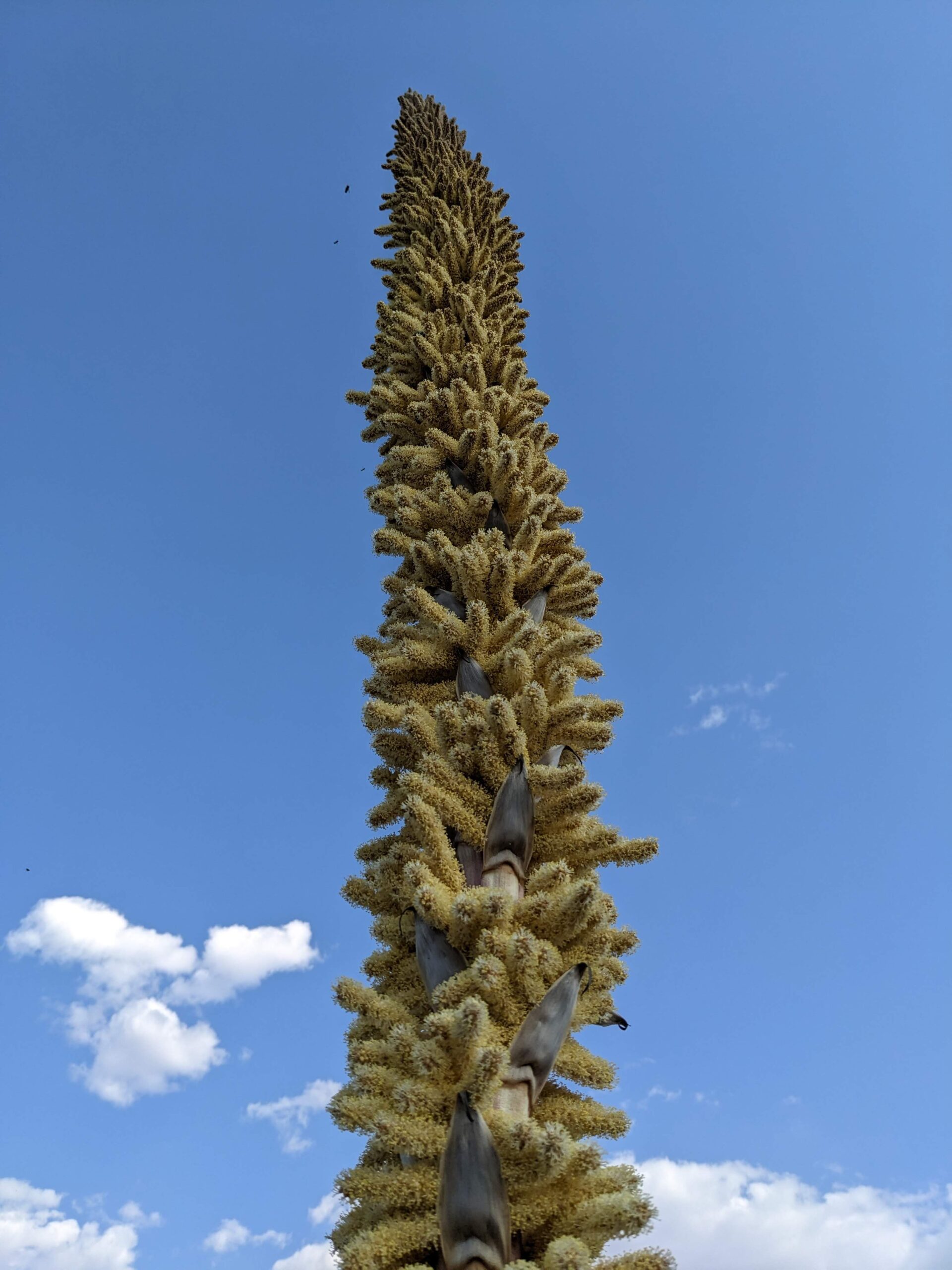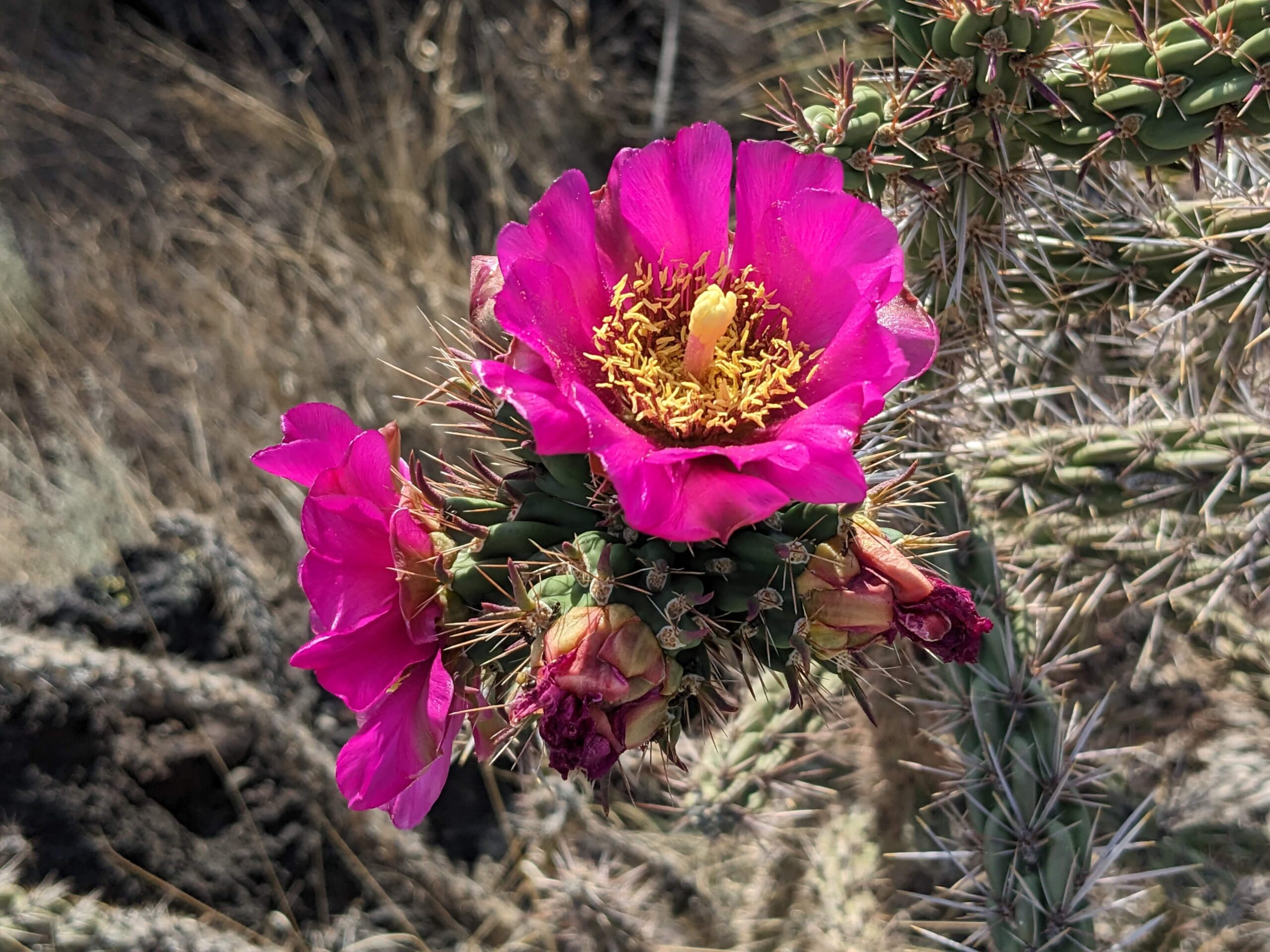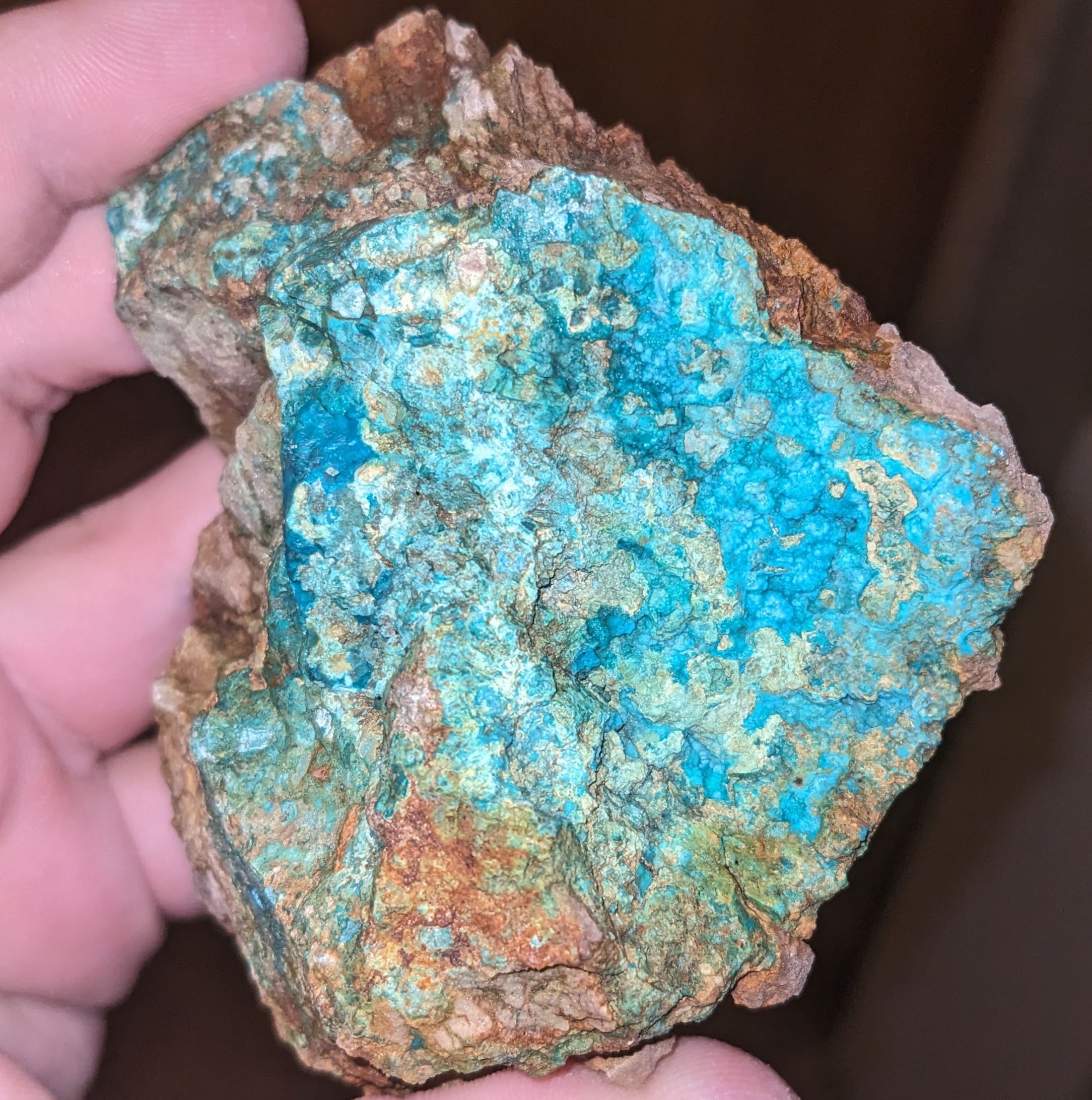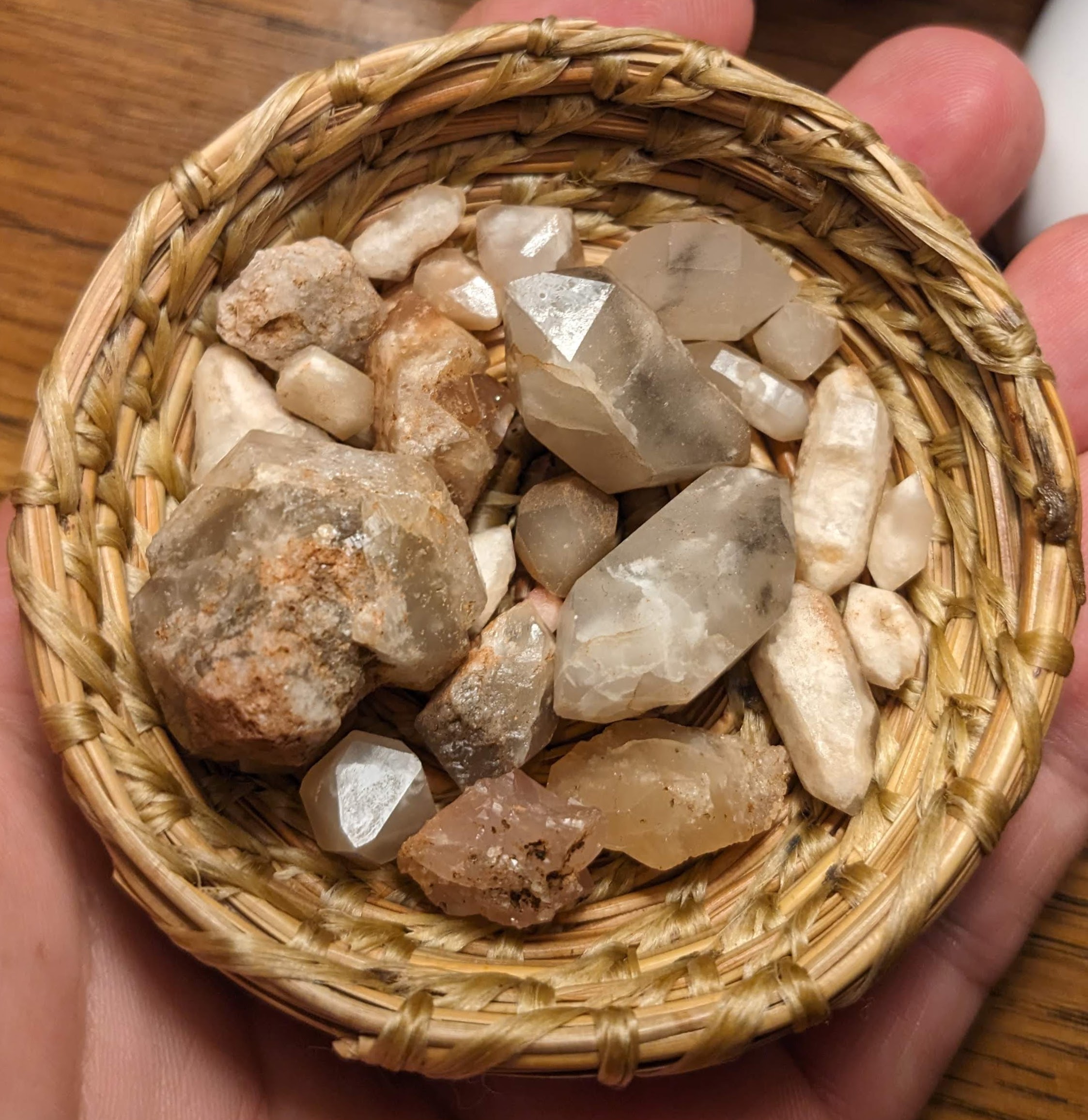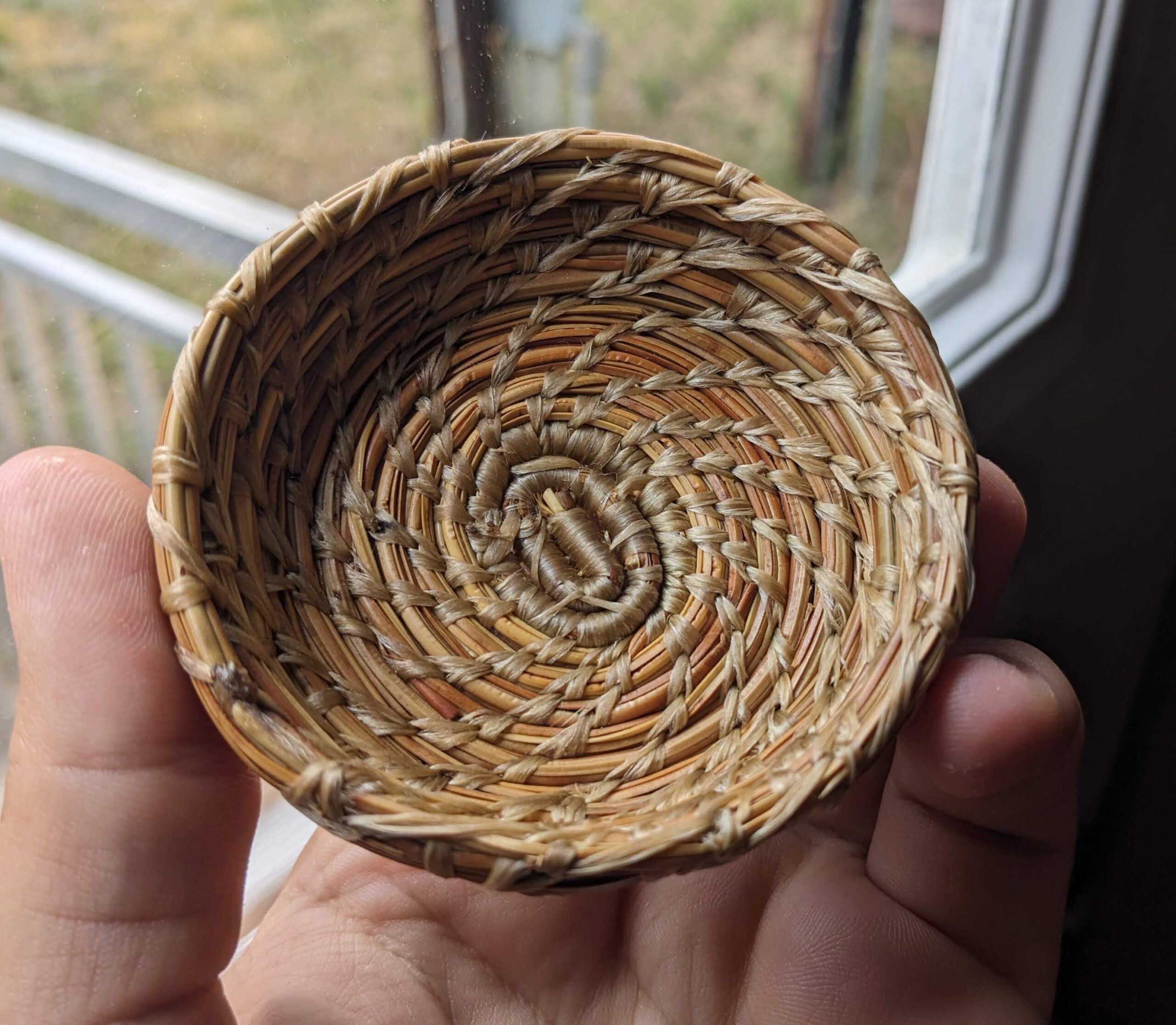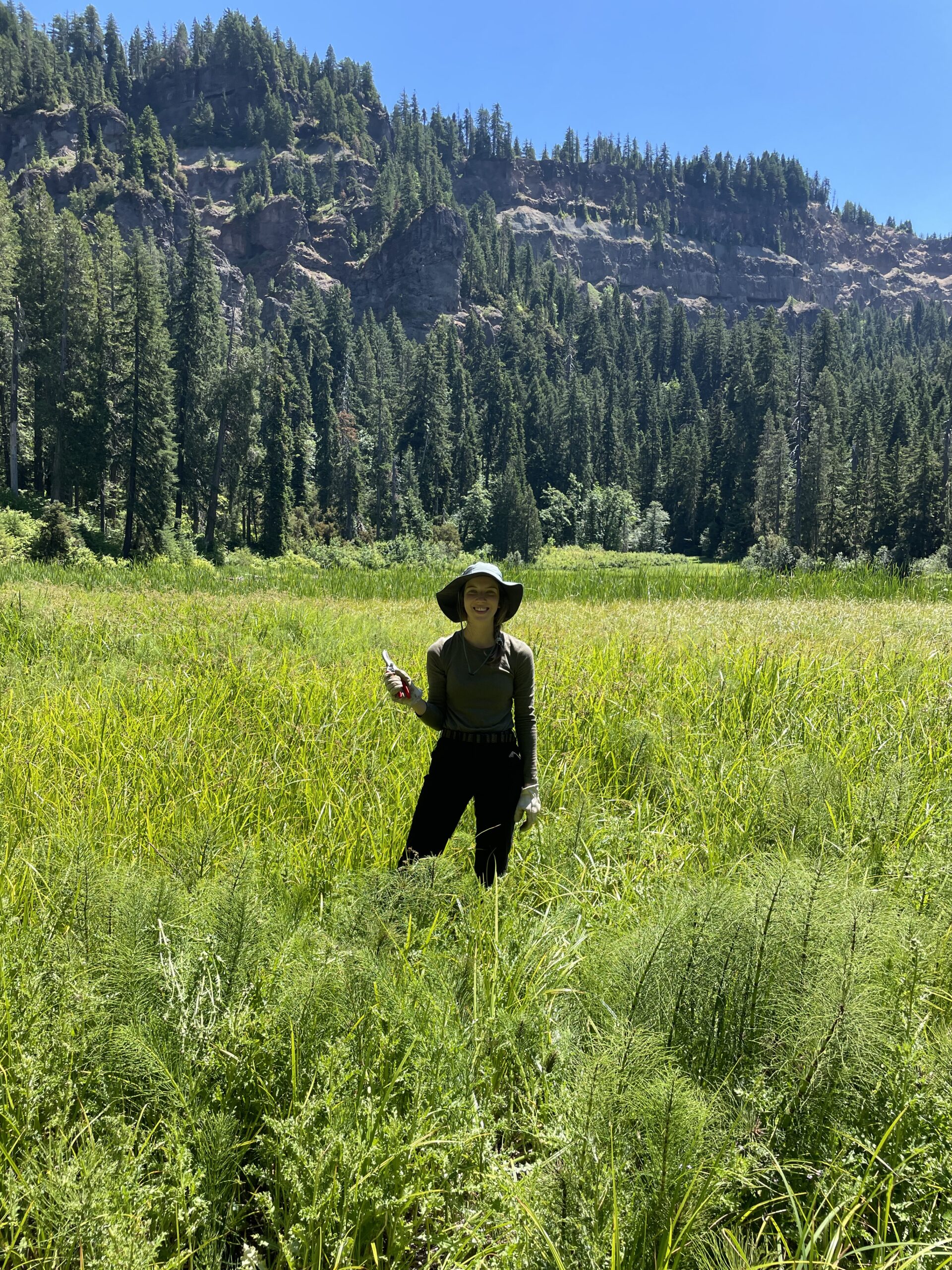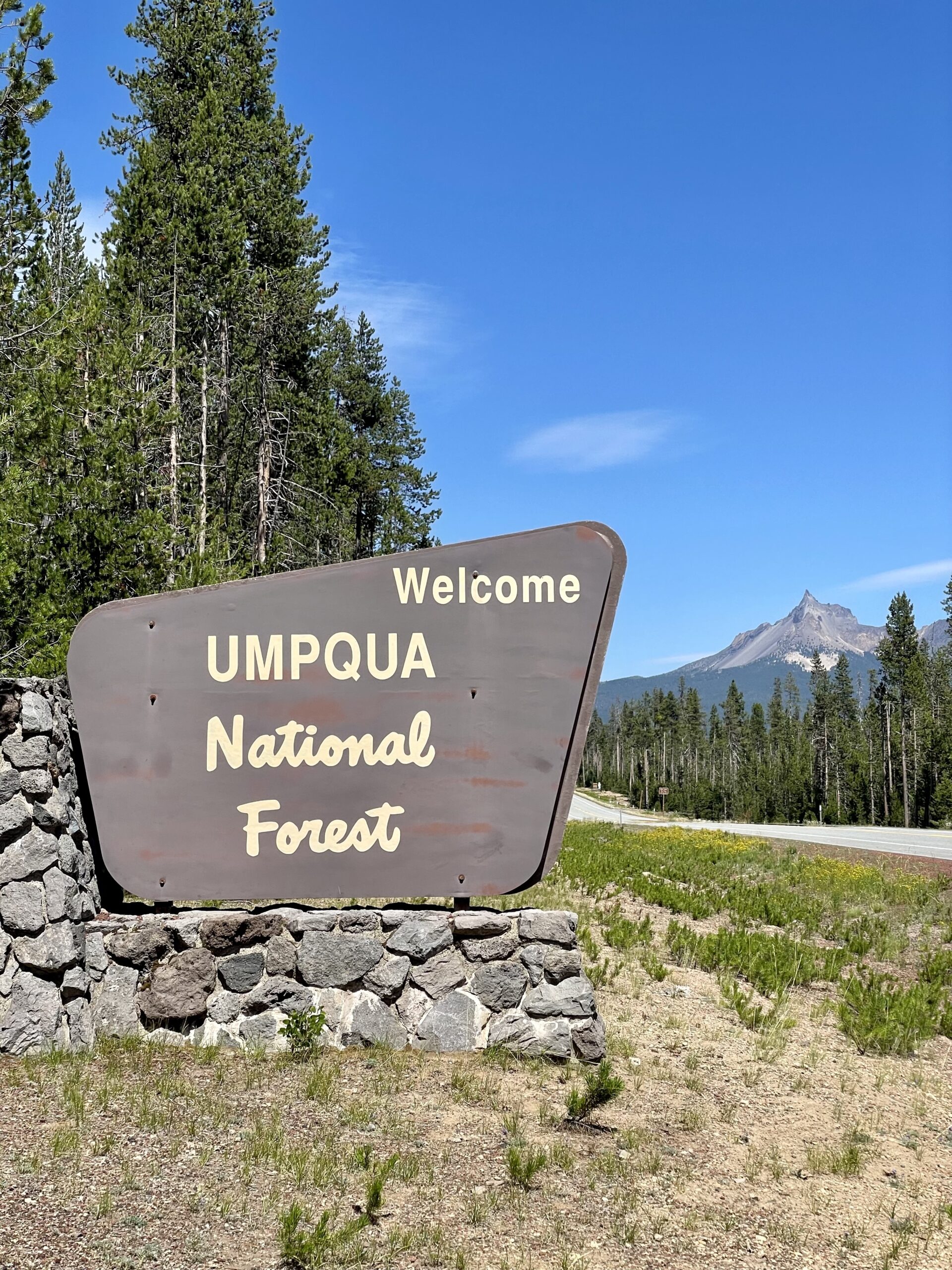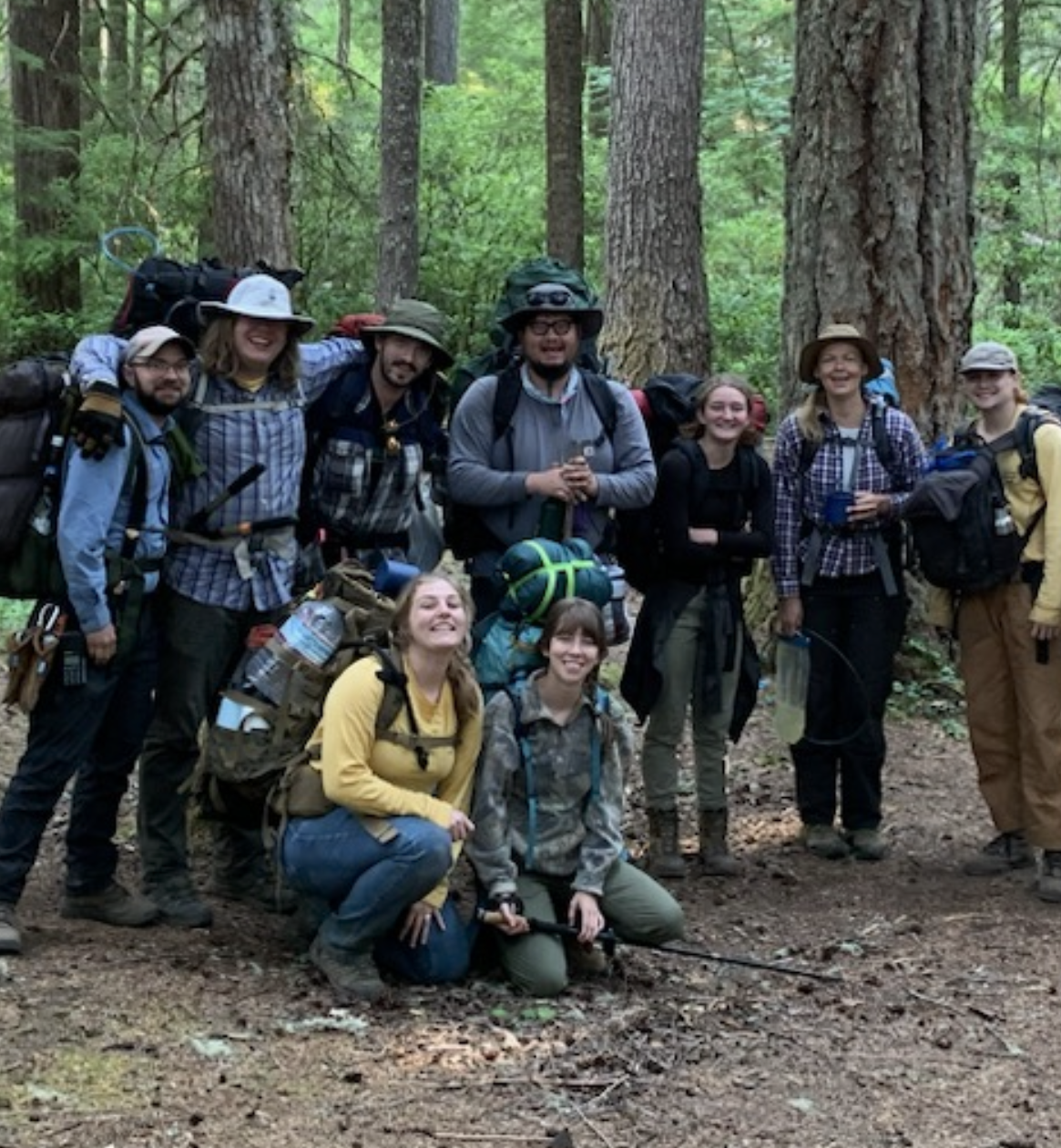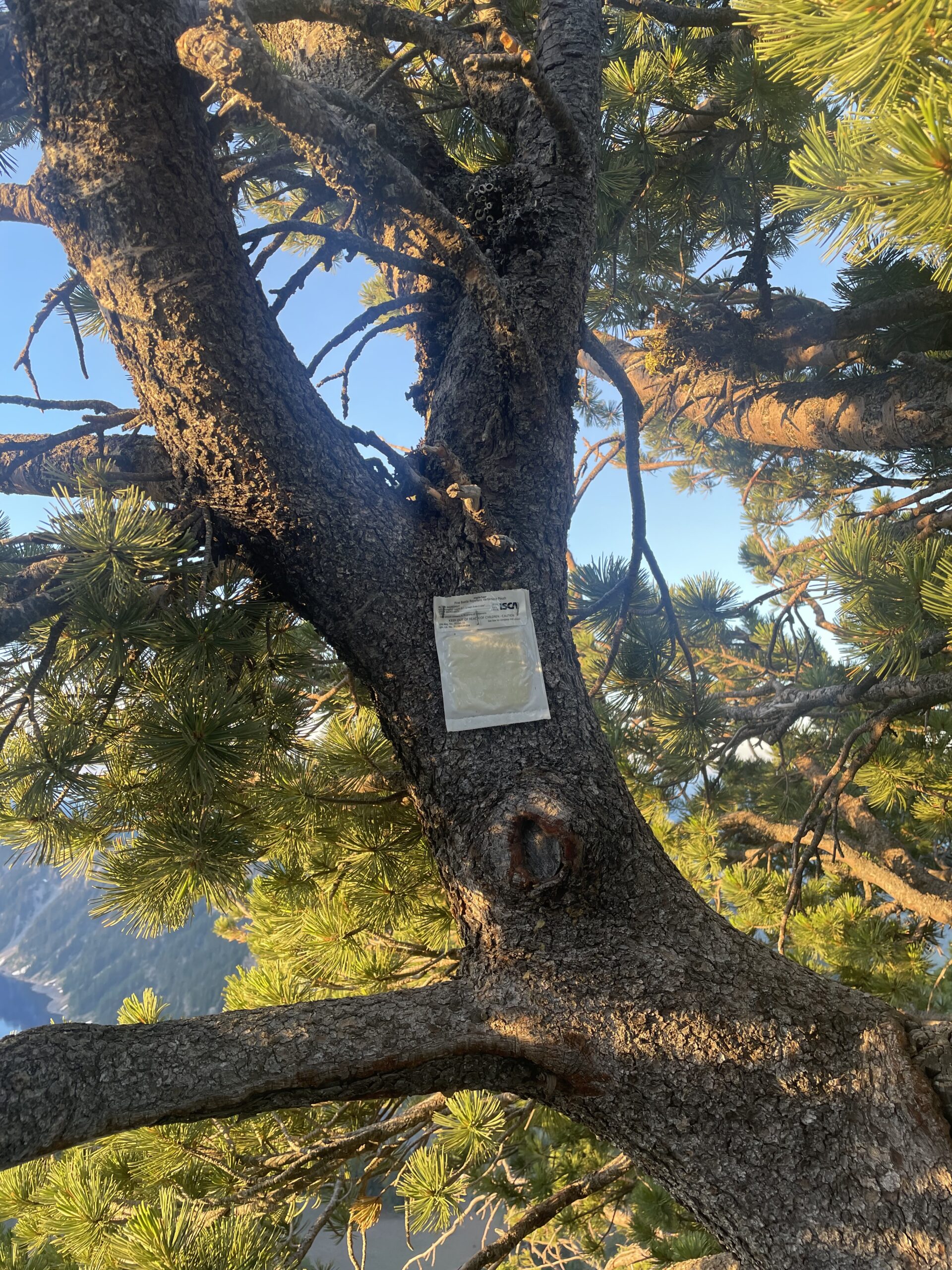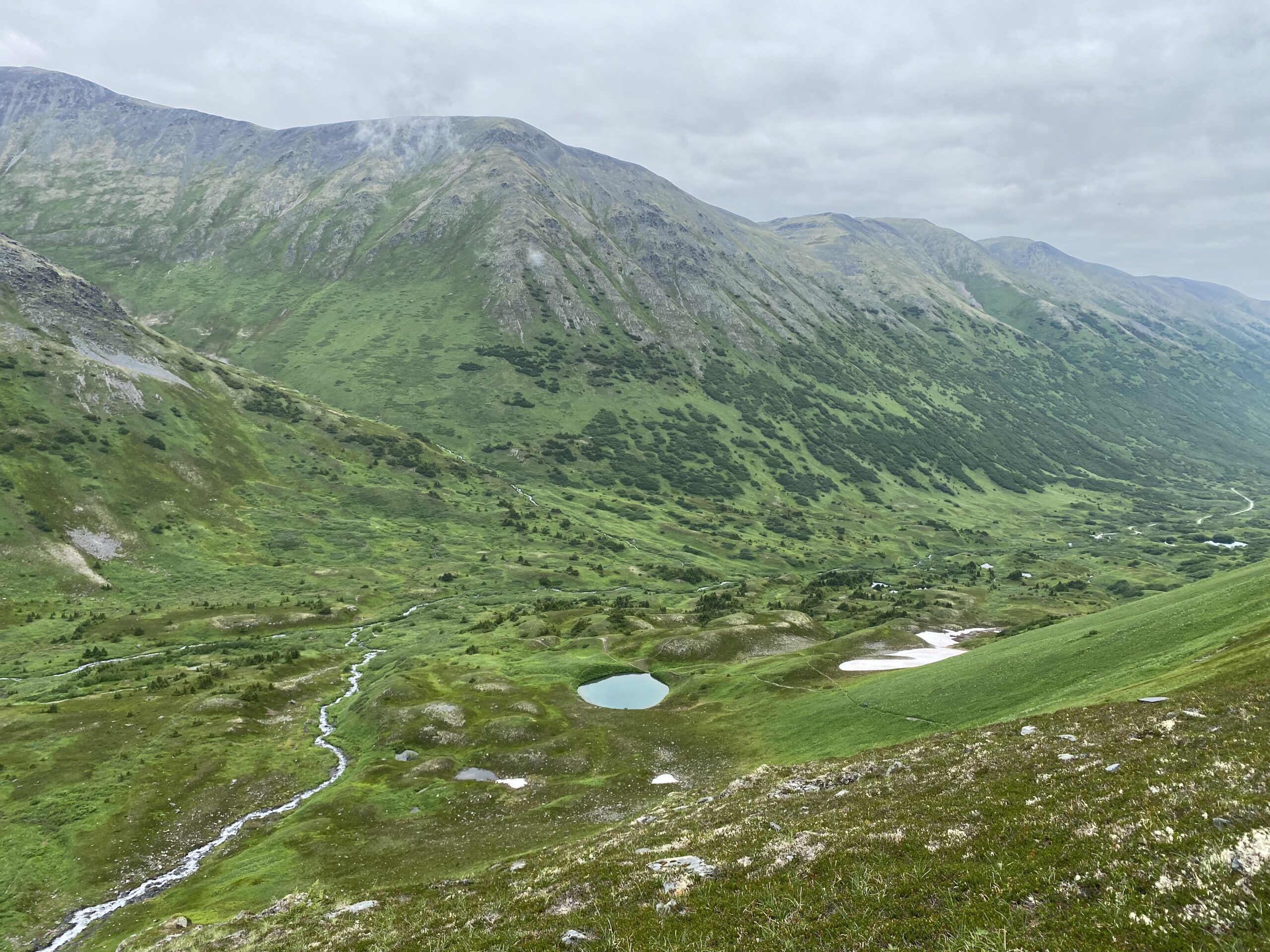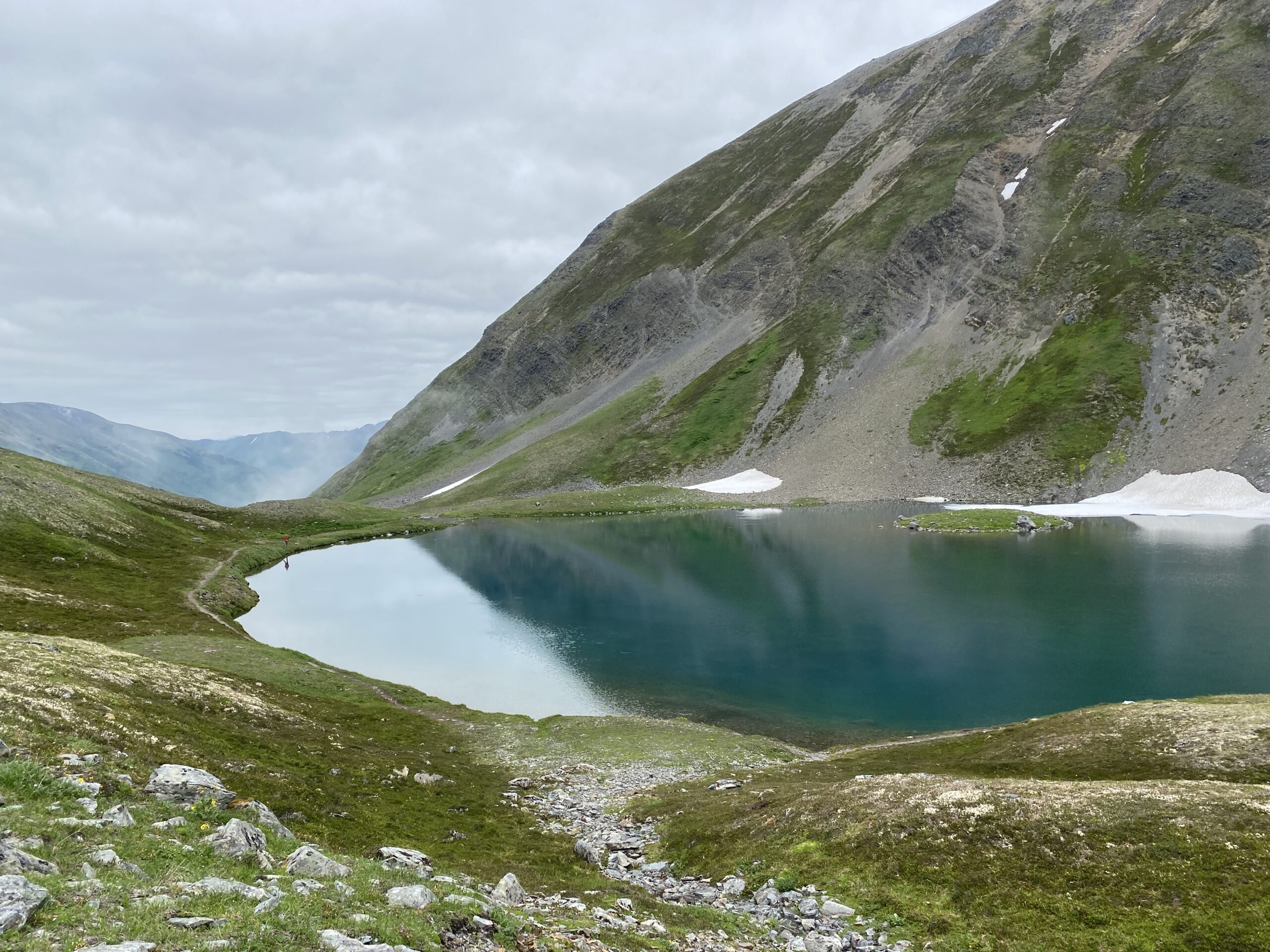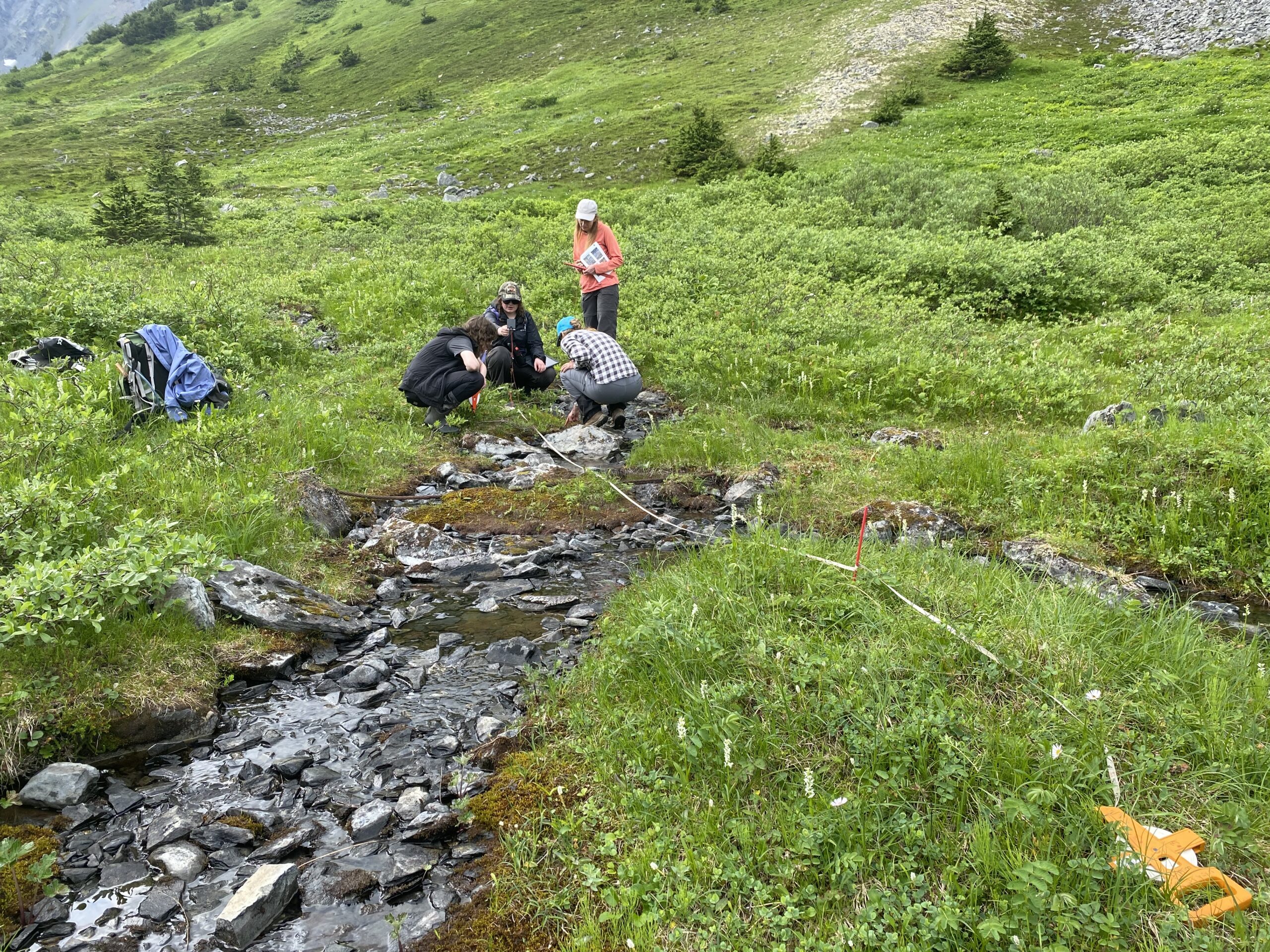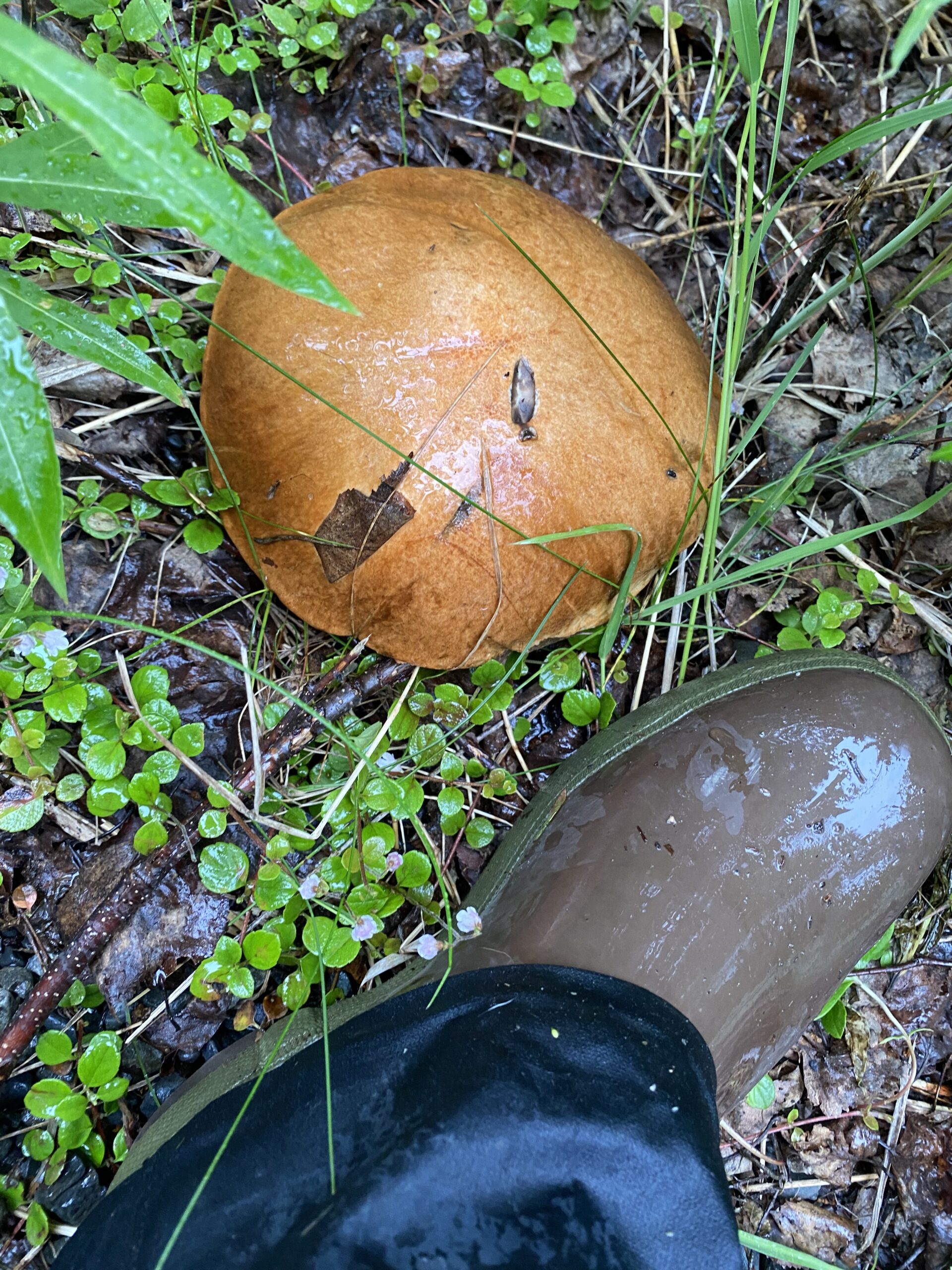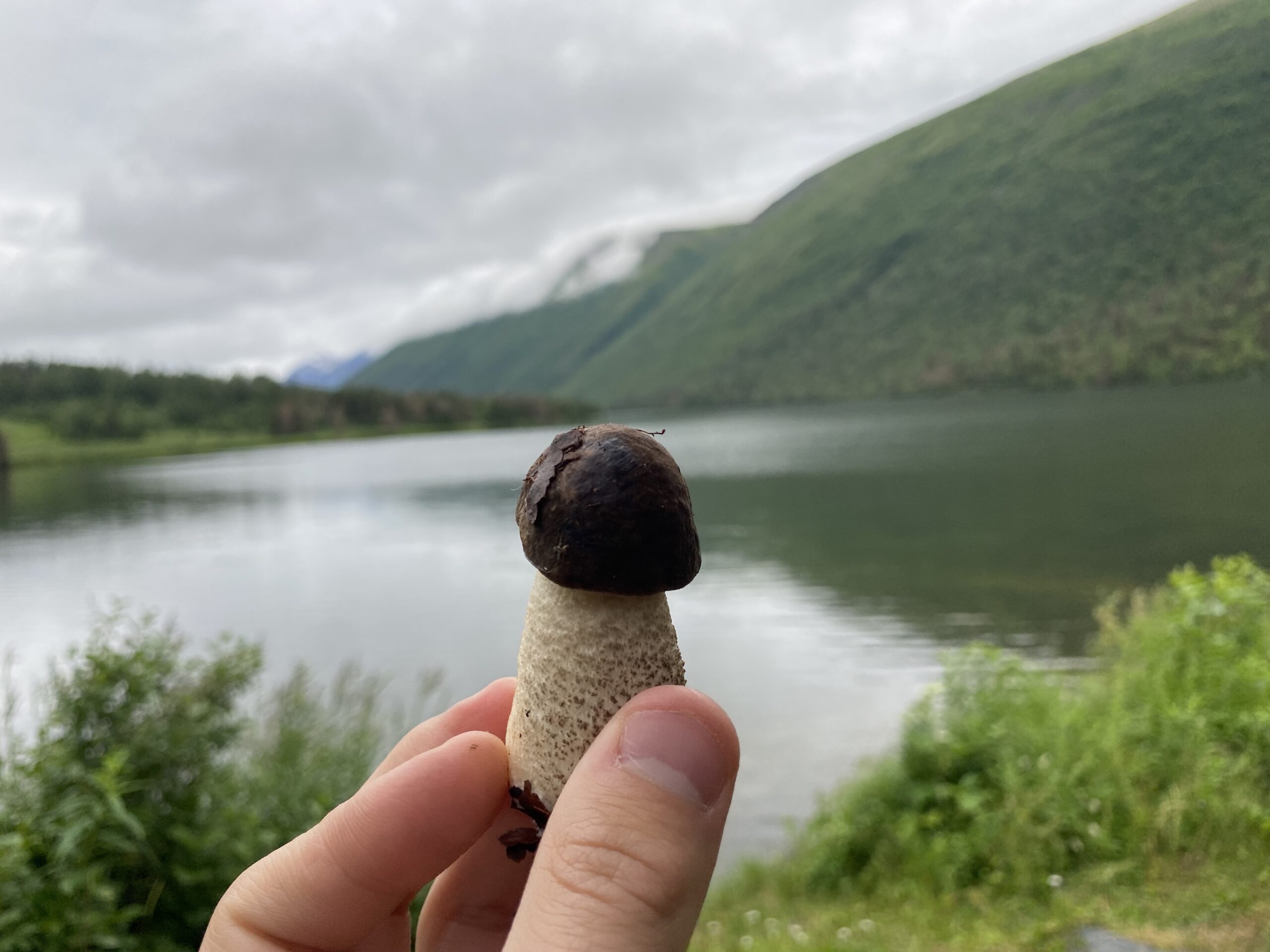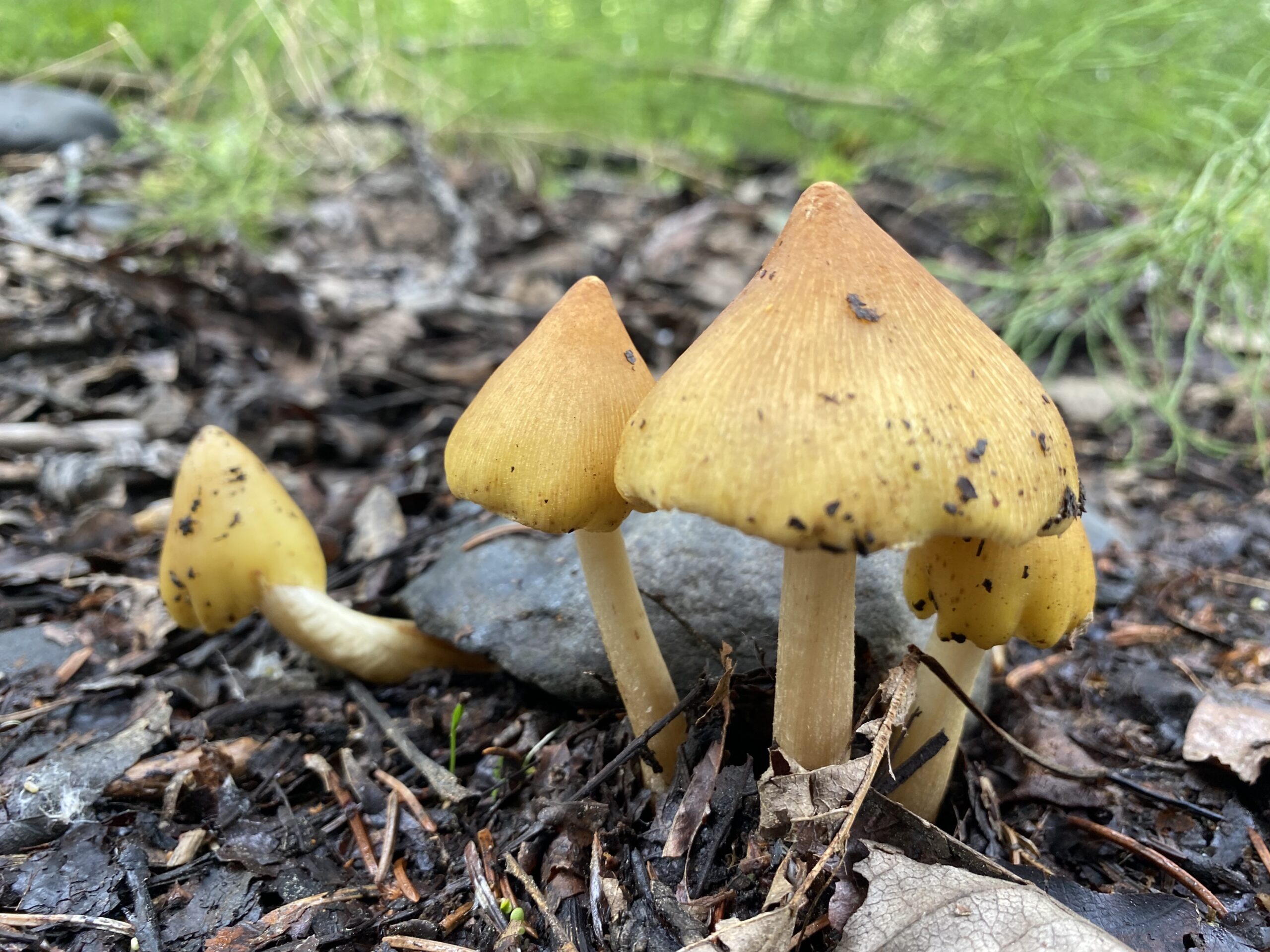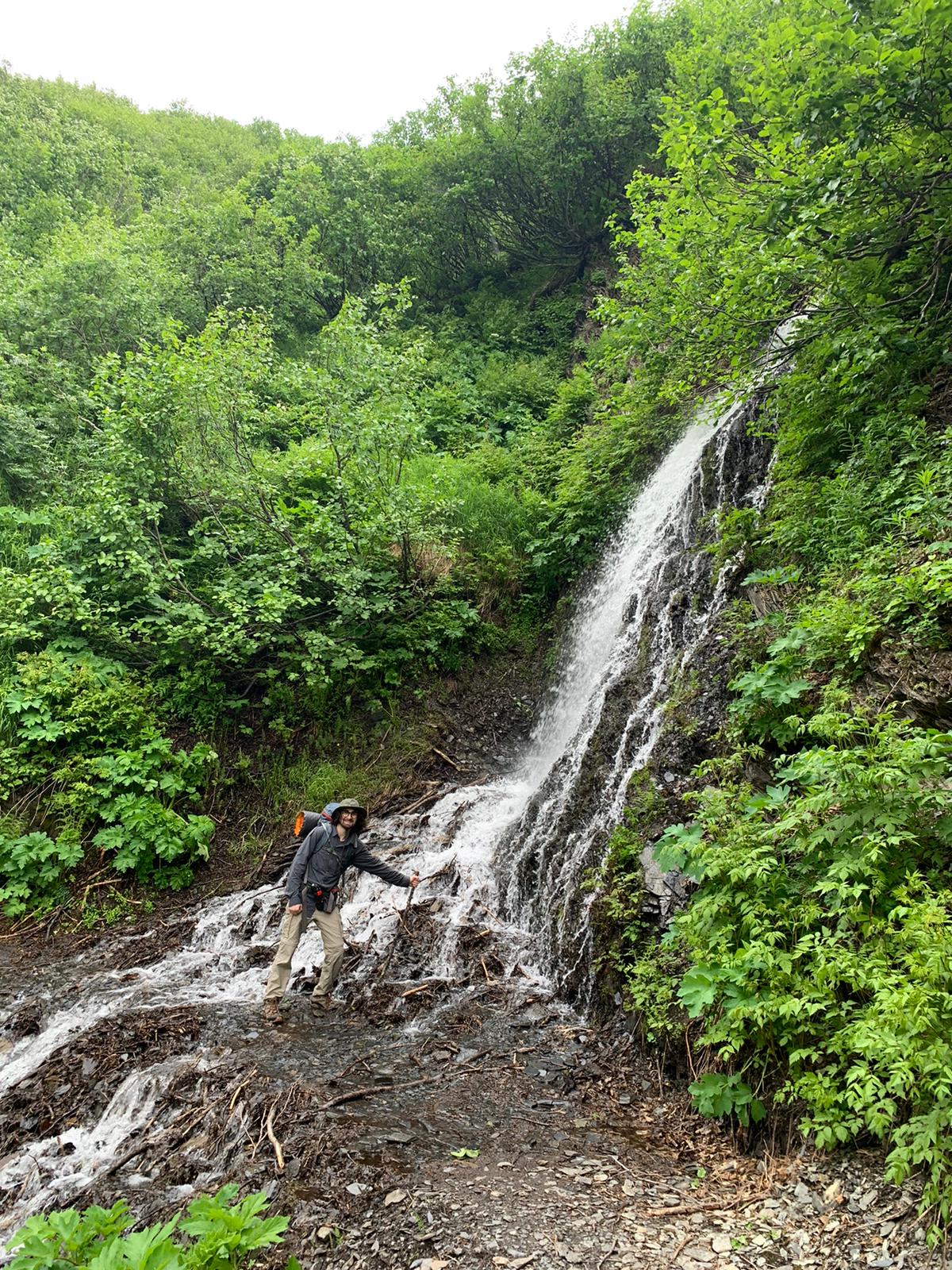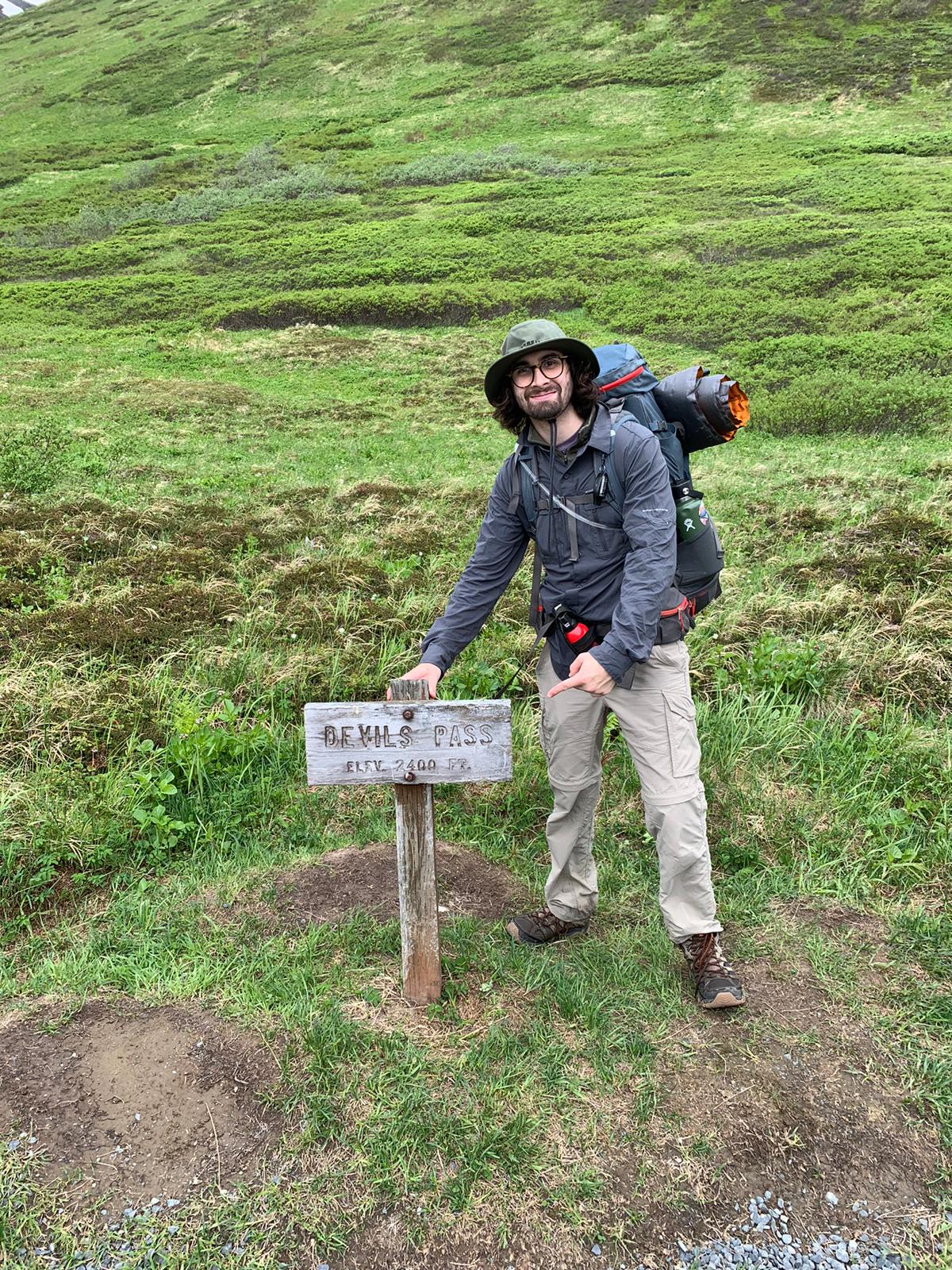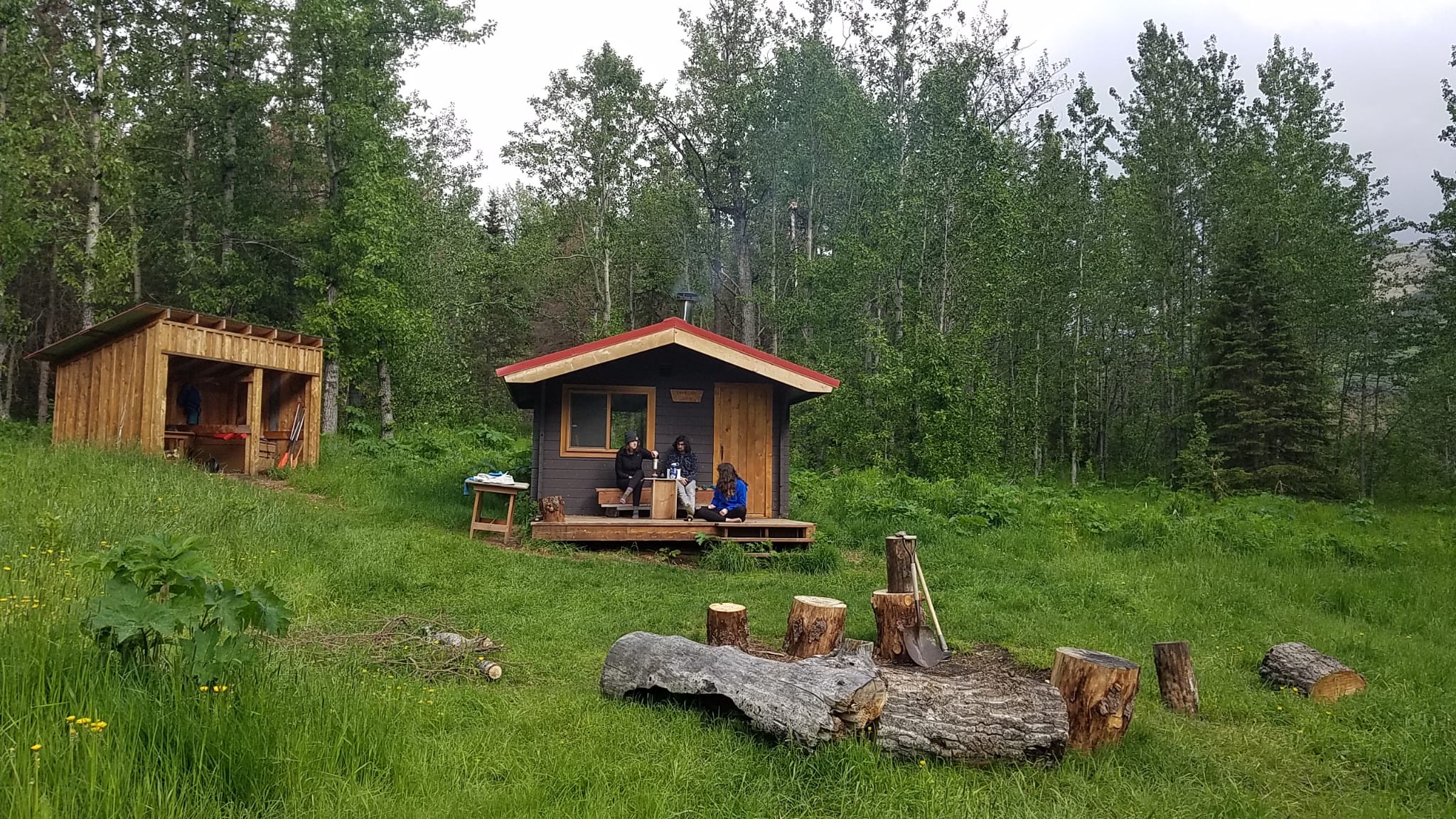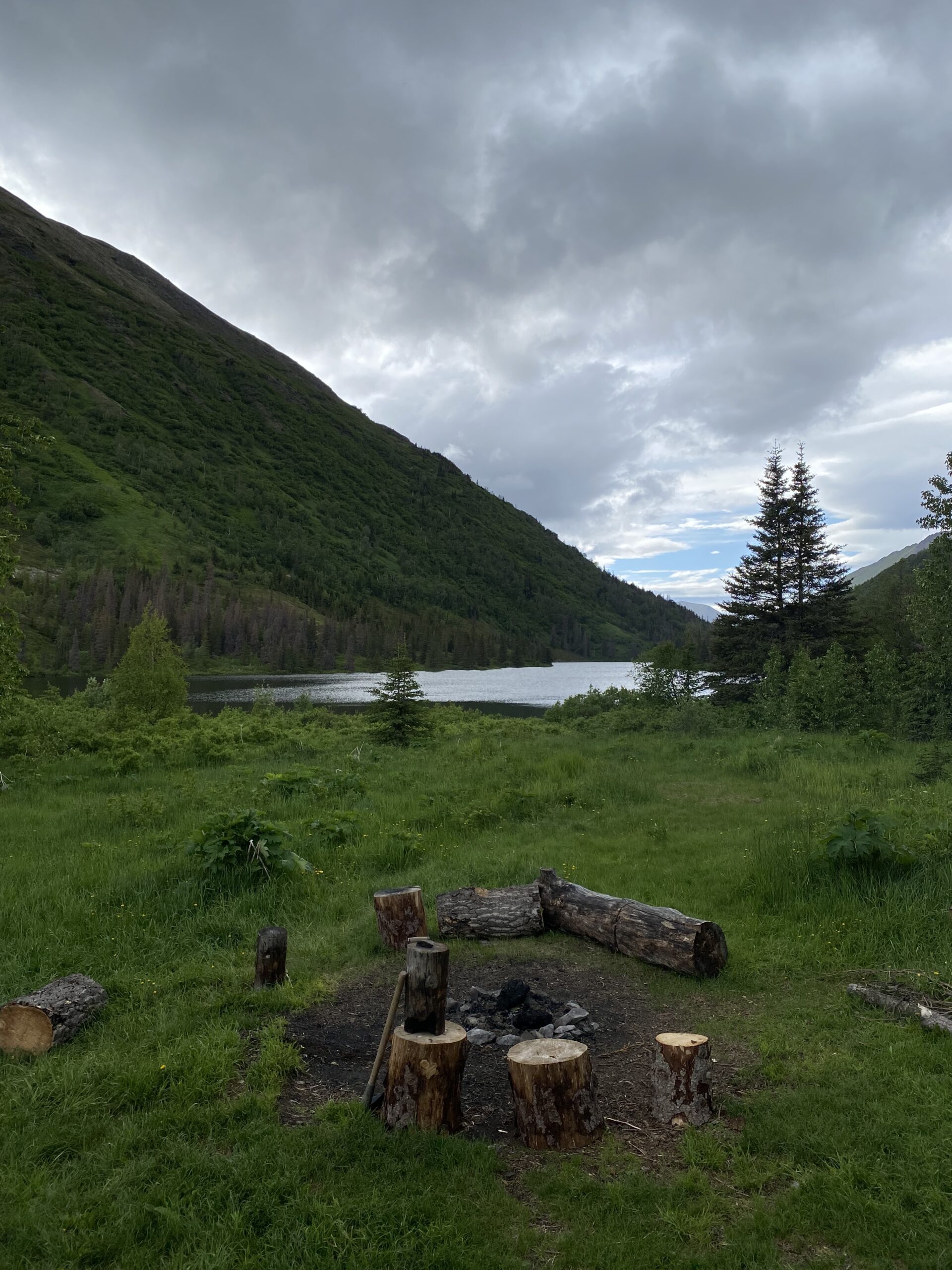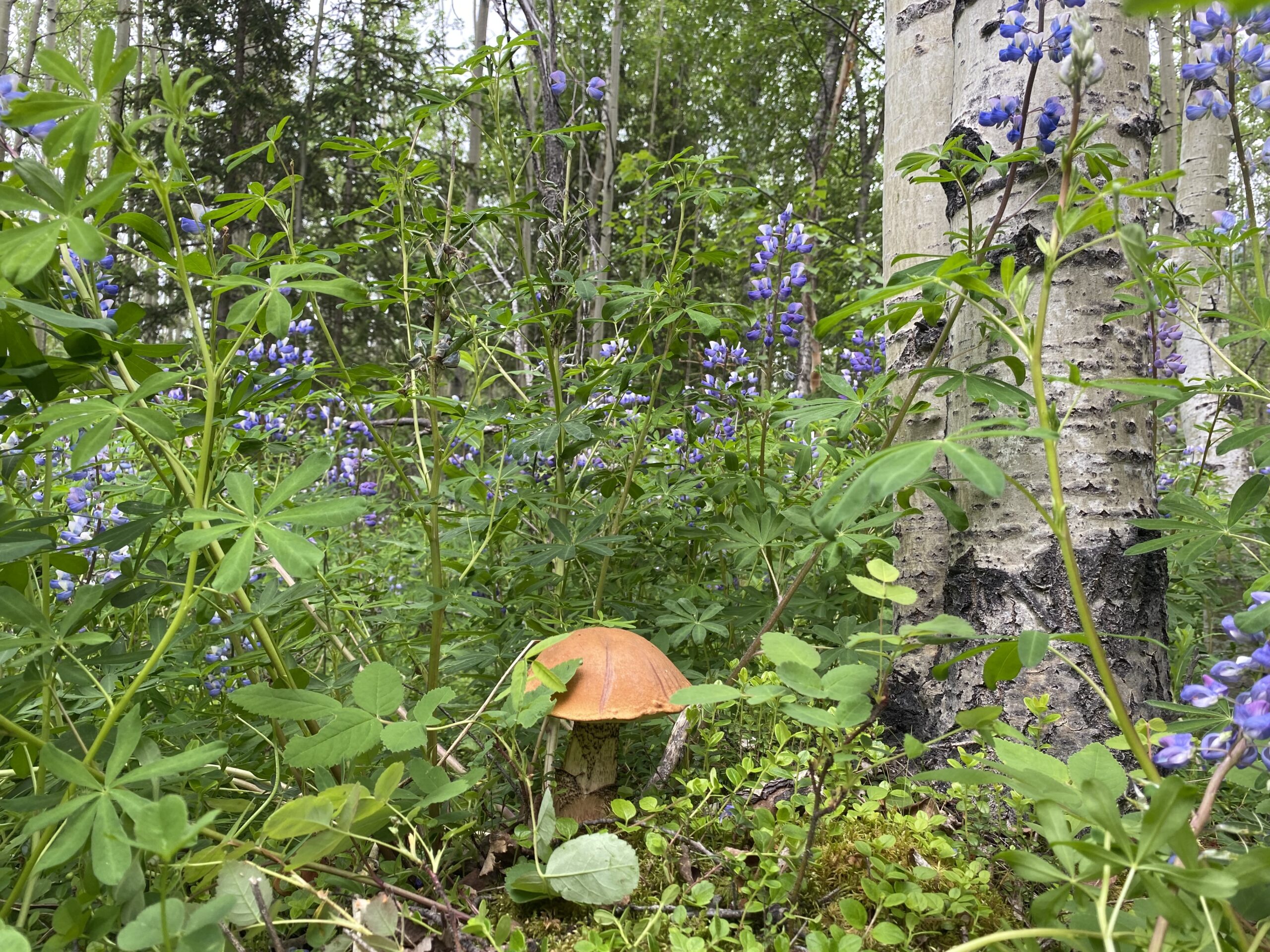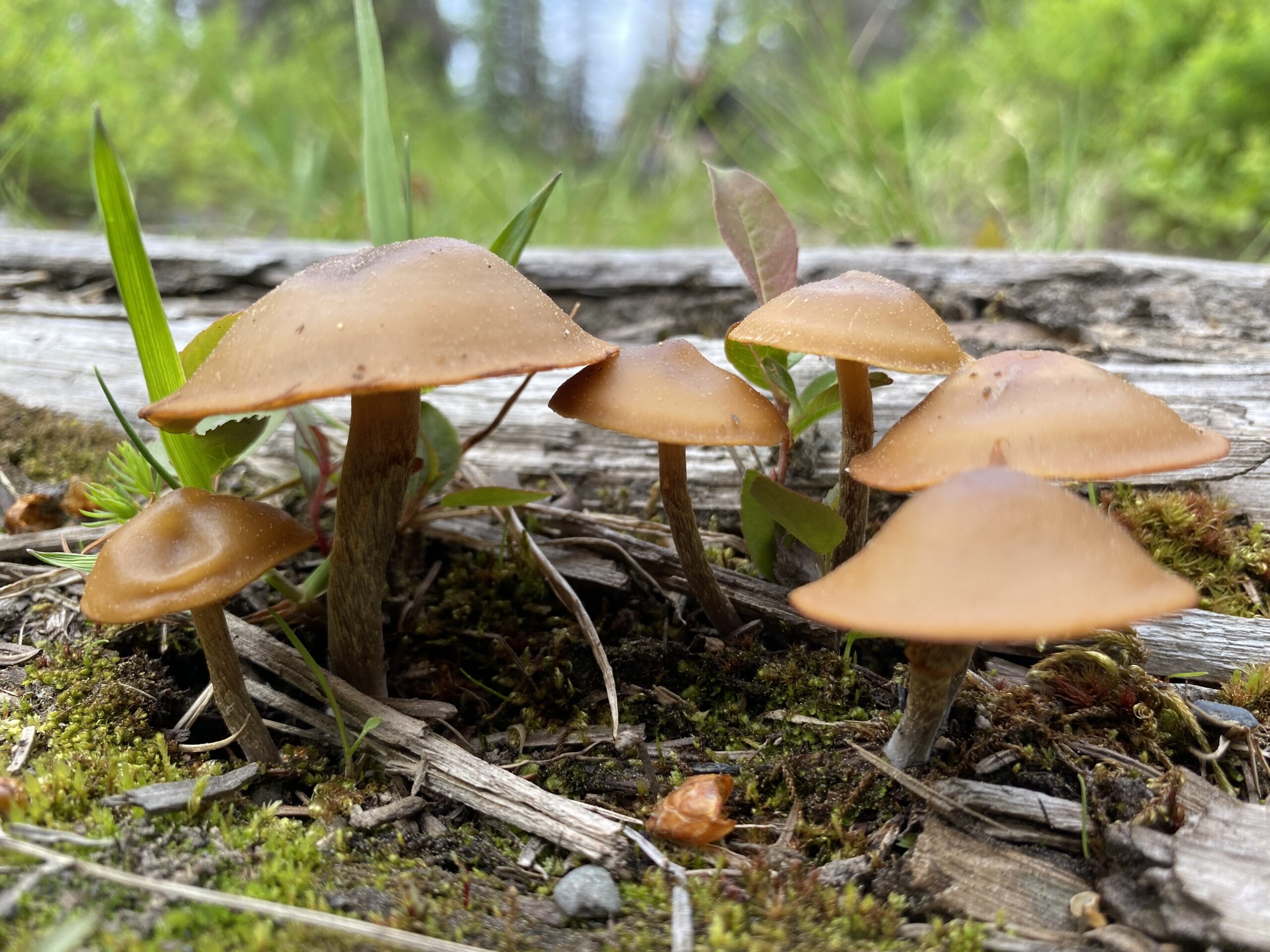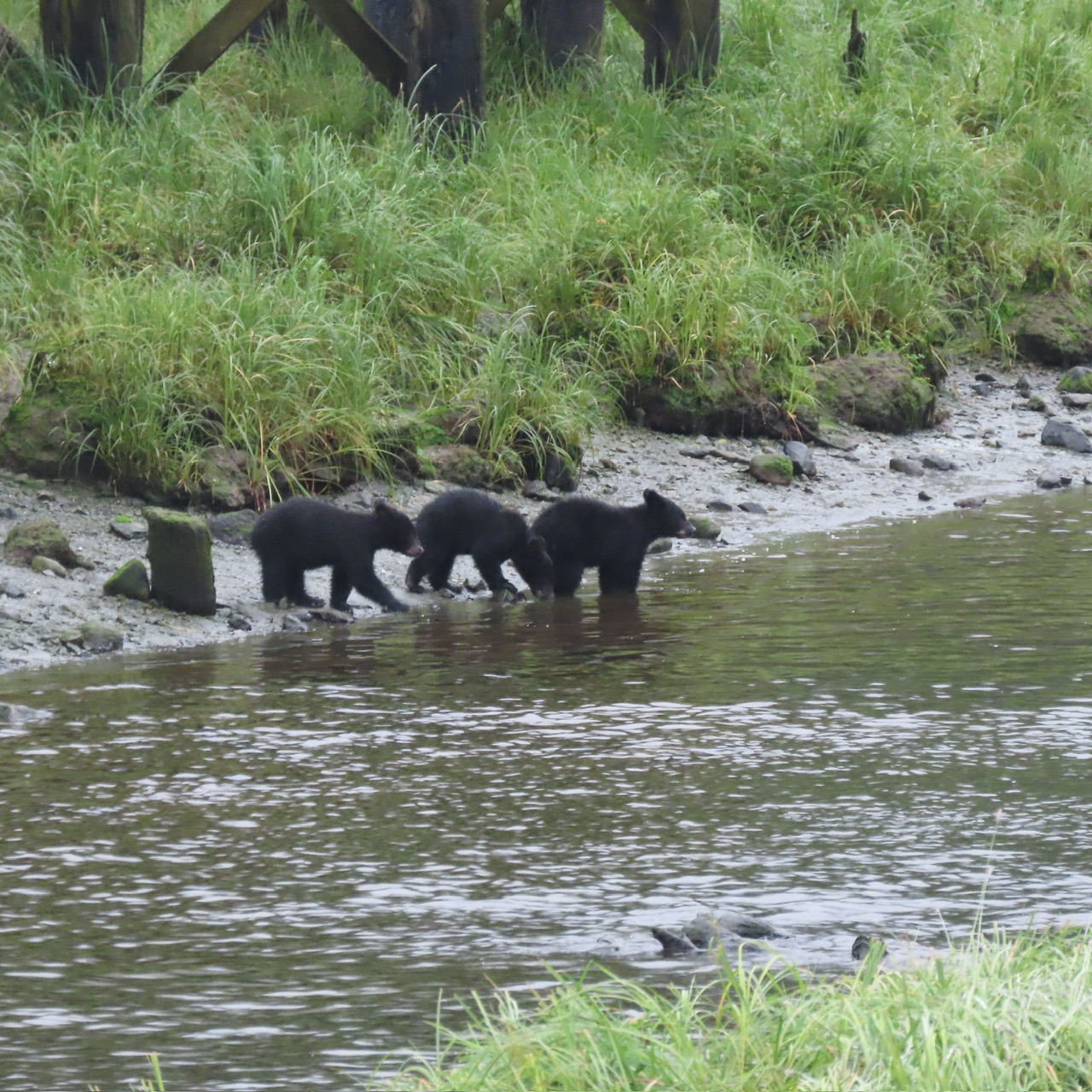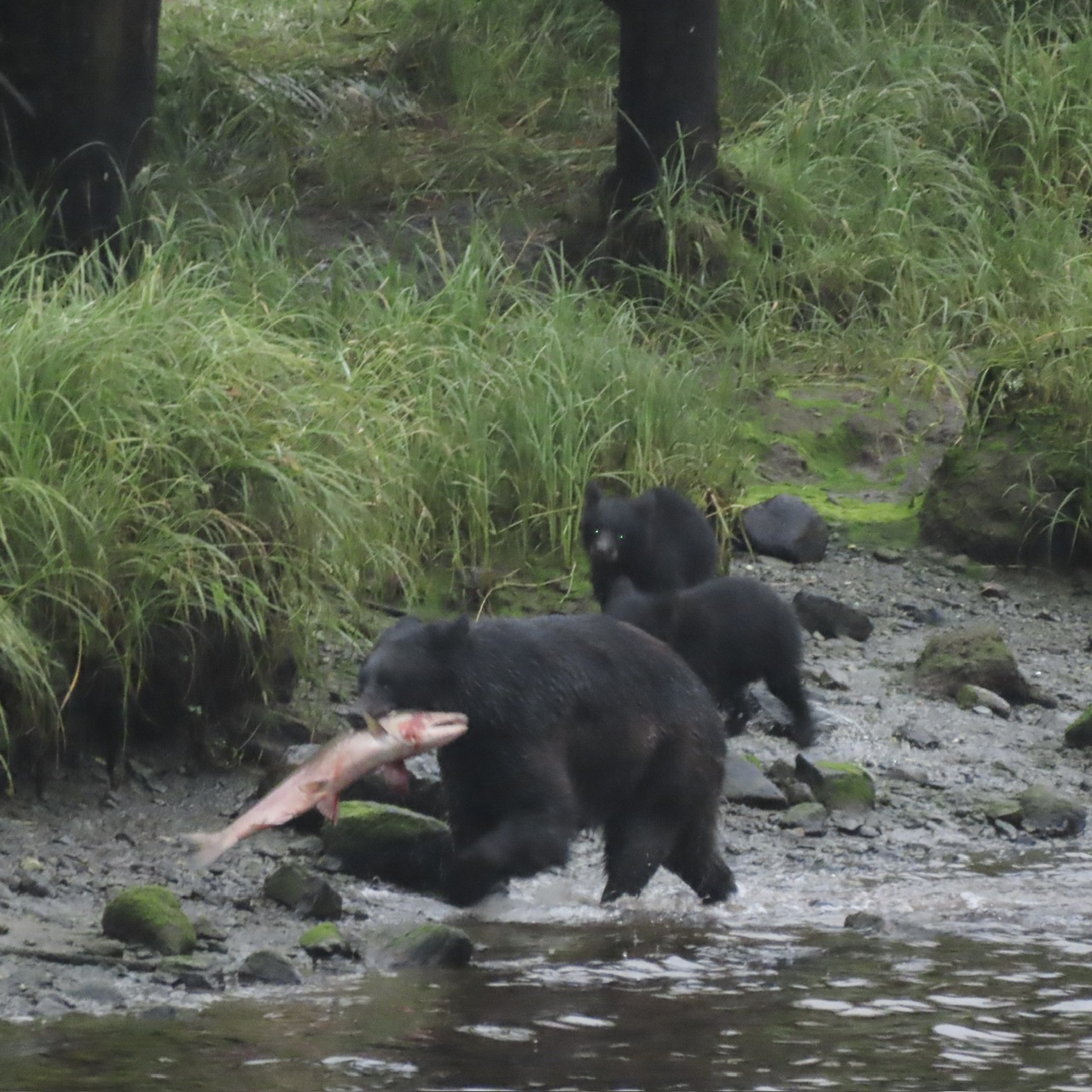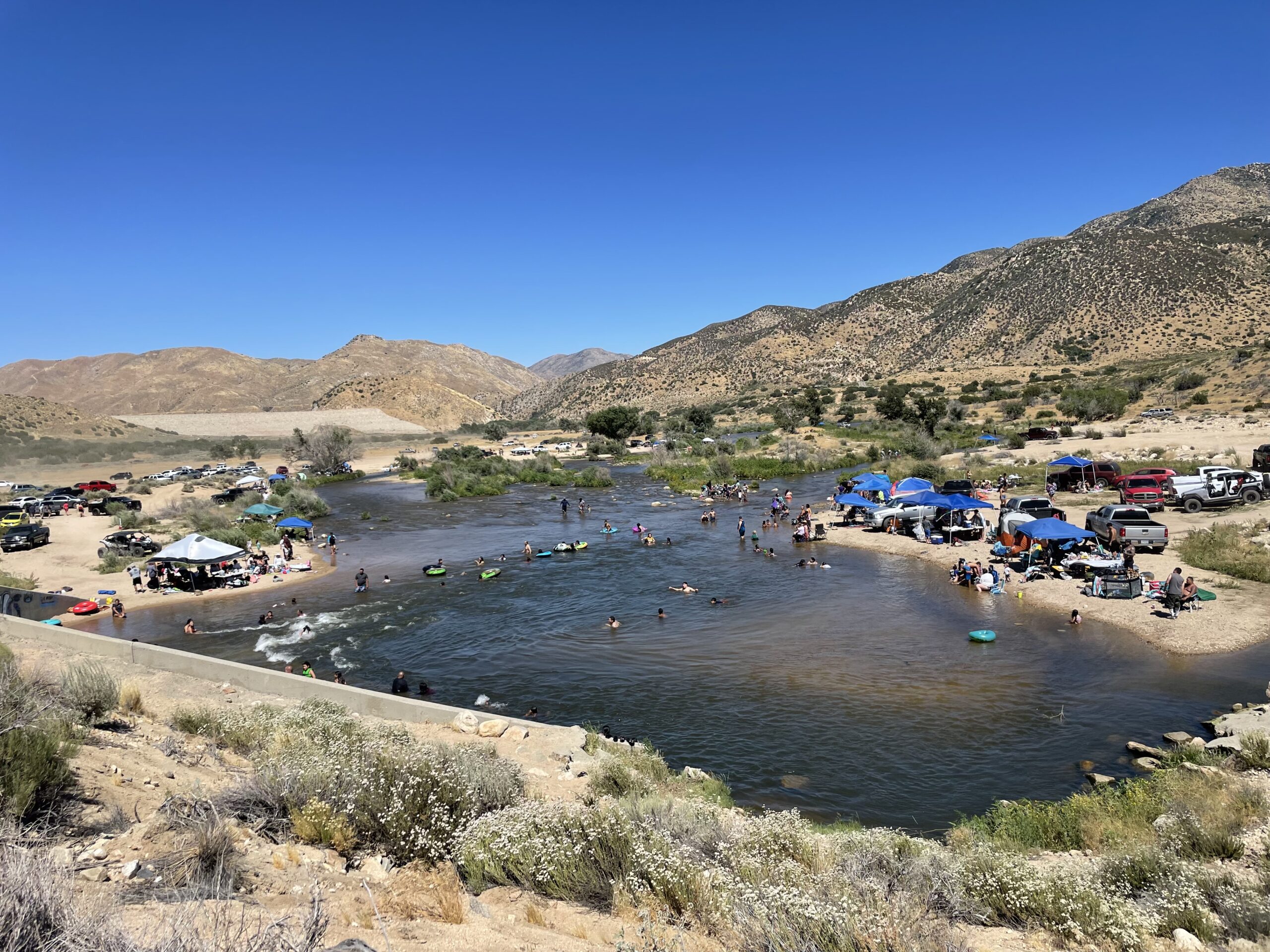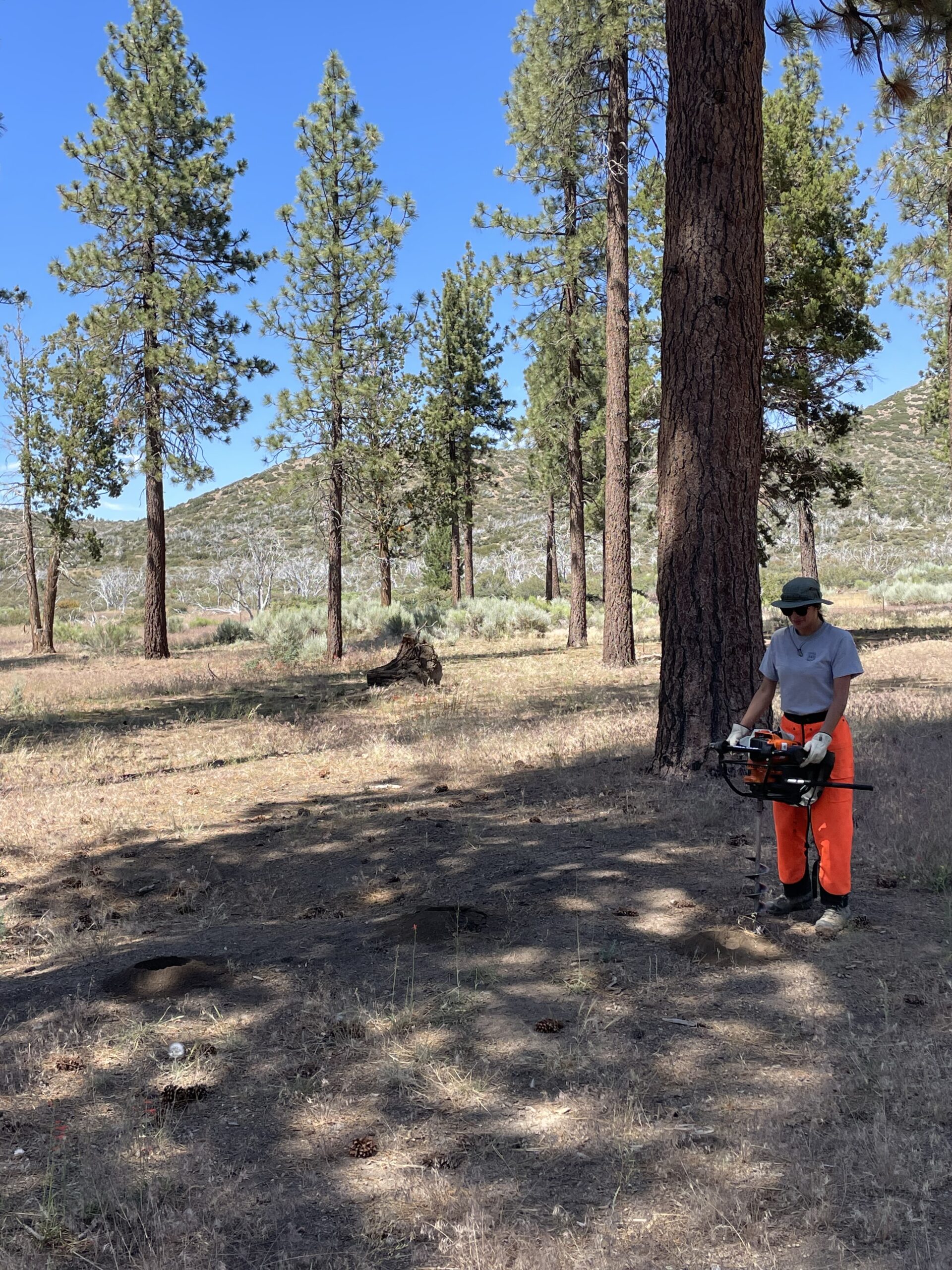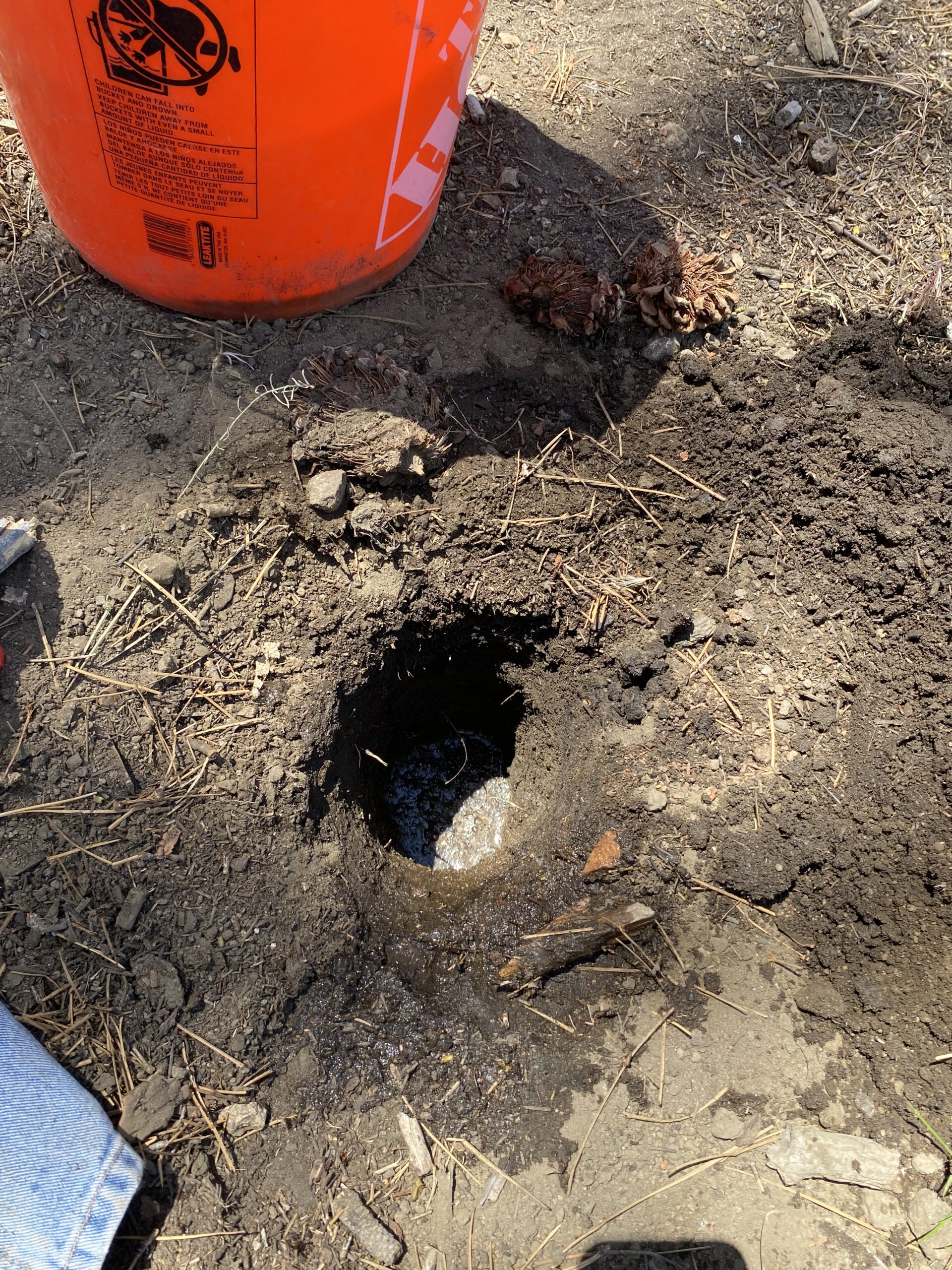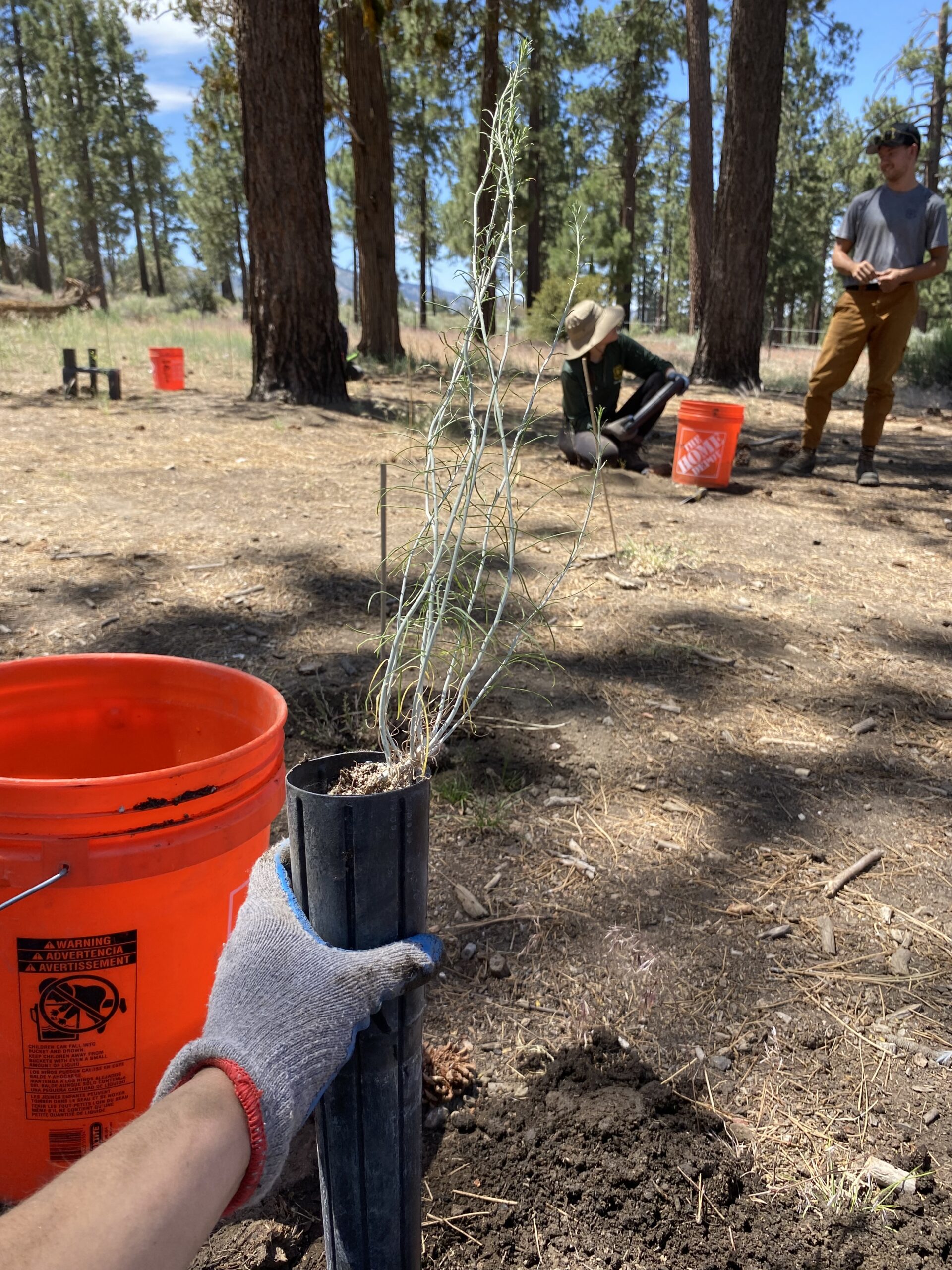
The hills are alive…
Summer means everyone is busy here in the Caribou-Targhee National Forest. The office has been mostly empty in the middle of the work days because most folks are out in the field. The flowers are filling the hillsides and just when I think the landscapes couldn’t possibly get more colorful, more beautiful, more diverse more comes into bloom. The land managers, the flowers, the wildlife are all busy making the most of the summer.
You know how there are just those plants that really catch your attention, that you see just rarely enough that you have time to miss them, and yet you see just frequently enough to remain hopeful to see them? Well, I’ve gotten to see some old friends again this season and I’ve gotten to finally see in person a few that I had only previously seen pictures of. Some of my favorites that I’ve seen this month are a mariposa lily, elephant head lousewort, and glacier lily.
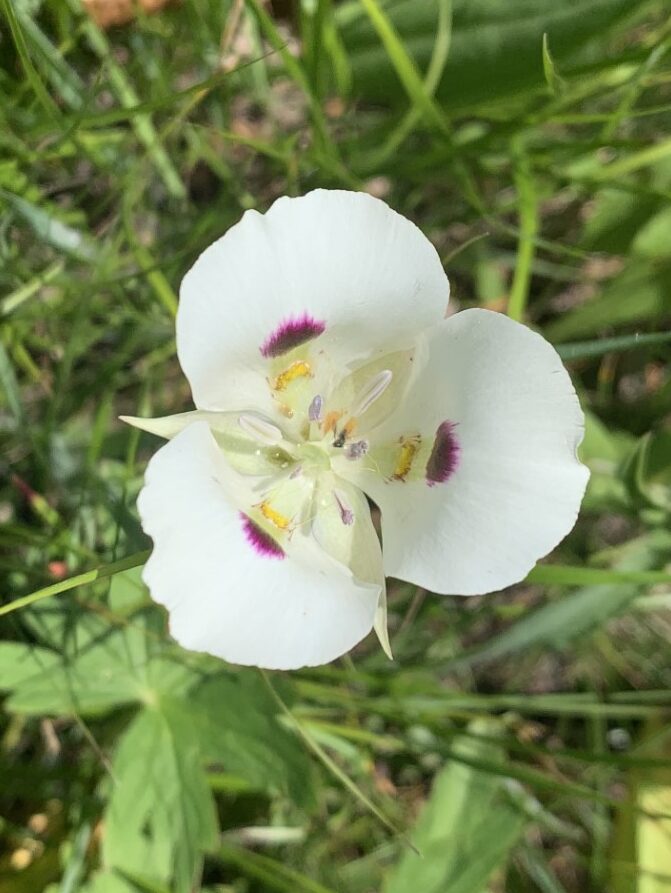

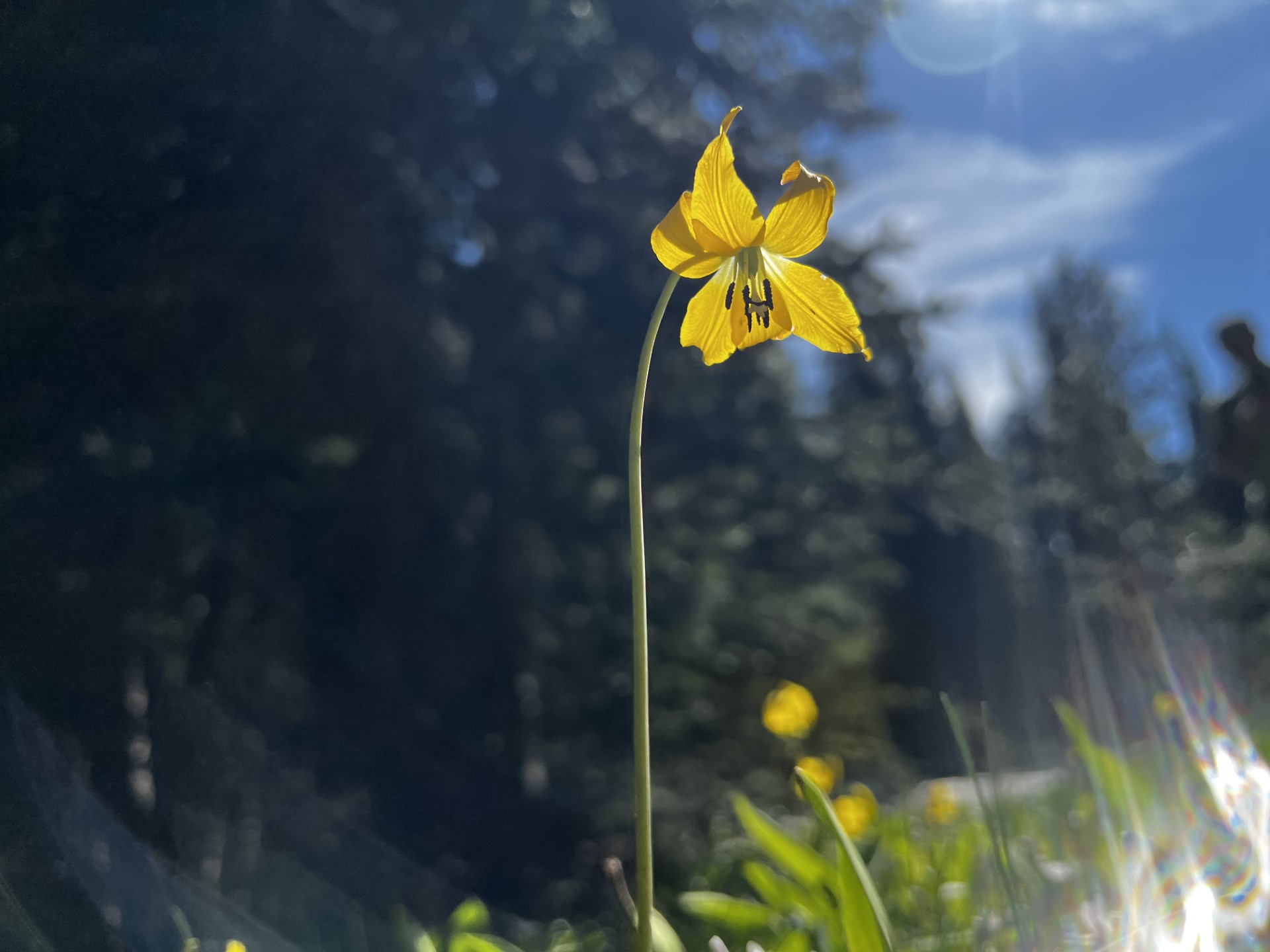
…mine eyes have seen the GLORIA
I just returned from a lovely weekend in the Lemhi mountains for our local GLORIA project where I had the chance to work with a number of very knowledgeable botanists at various stages in their careers. A few of these botanists are retired and volunteer their time to this and various other botany project because they believe in the importance of and enjoy this work.

I wanted to use this blog to do some of my own research on the background and scope of GLORIA. GLORIA, by the way, stands for Global Observation Research Initiative in Alpine Environments. I found a lot of great information online and everything I’ve summarized below comes from the primary GLORIA website: https://www.gloria.ac.at/home. It is a a global project to monitor alpine habitats over time to track the effect of climate change on alpine plant communities. The alpine is an interesting environment to collect data on for a few reasons. One is because it remains largely unaffected by other human-caused factors as it tends to have relatively low human traffic and land use. Another interesting factor is that mountain areas contain a disproportional high amount of biodiversity compared to the amount of land this habitat covers. Alpine habitat is particularly sensitive as the plant communities living there will not have much in the way of suitable substitute habitat while other species ranges are beginning to shift upwards in elevation and are beginning to encroach into alpine plant communities current habitat.

One particularly interesting concept that came up while I was learning more about GLORIA is the idea of extinction debt. It describes a phenomenon where a local extinction may lag significantly behind the occurrence of habitat destruction or degradation (Kuusaari et al, 2009). This means that species may be occupying an environment that is already unsuitable for them and that they will not be able to continue to occupy (Dullinger et al, 2012). This is dangerous because when we see a species surviving in a disturbed area we are likely to assume that this means the species is more resilient than it is truly able to be or the the habitat change isn’t as impactful as it actually will turn out to be. These incorrect assumptions could lead to complacency and misinformed land management and policy decisions.
An earlier sign of local extinction than range shifting or shrinking is a decreased population size (Cotto et al, 2017). A big part of the GLORIA protocol is to create a comprehensive plant list for every summit surveyed and to estimate abundance of each plant. GLORIA is creating a long-term, standardized database of alpine plant communities that can provide us with vital information for addressing this issue, as well as many other conservation concerns for alpine areas.
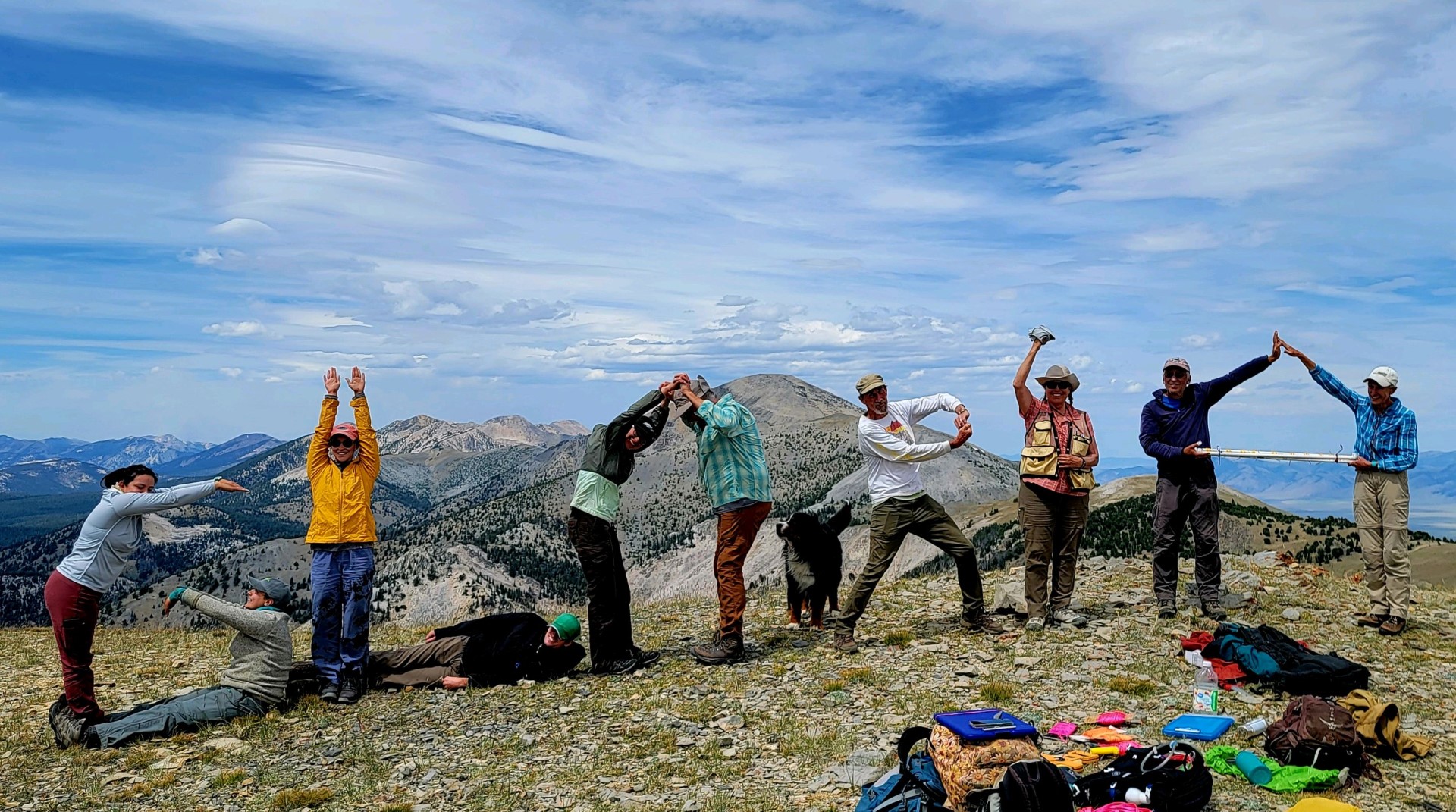
Some article I extracted information from.
Cotto, O., Wessely, J., Georges, D. et al. A dynamic eco-evolutionary model predicts slow response of alpine plants to climate warming. Nat Commun 8, 15399 (2017).
Dullinger, S. et al. Extinction debt of high-mountain plants under twenty-first-century climate change. Nature Climate Change 2, 619–622 (2012).
Kuussaari, M. et al. Extinction debt: A challenge for biodiversity conservation. Trends in Ecololgy & Evolution 24, 564–571 (2009).

